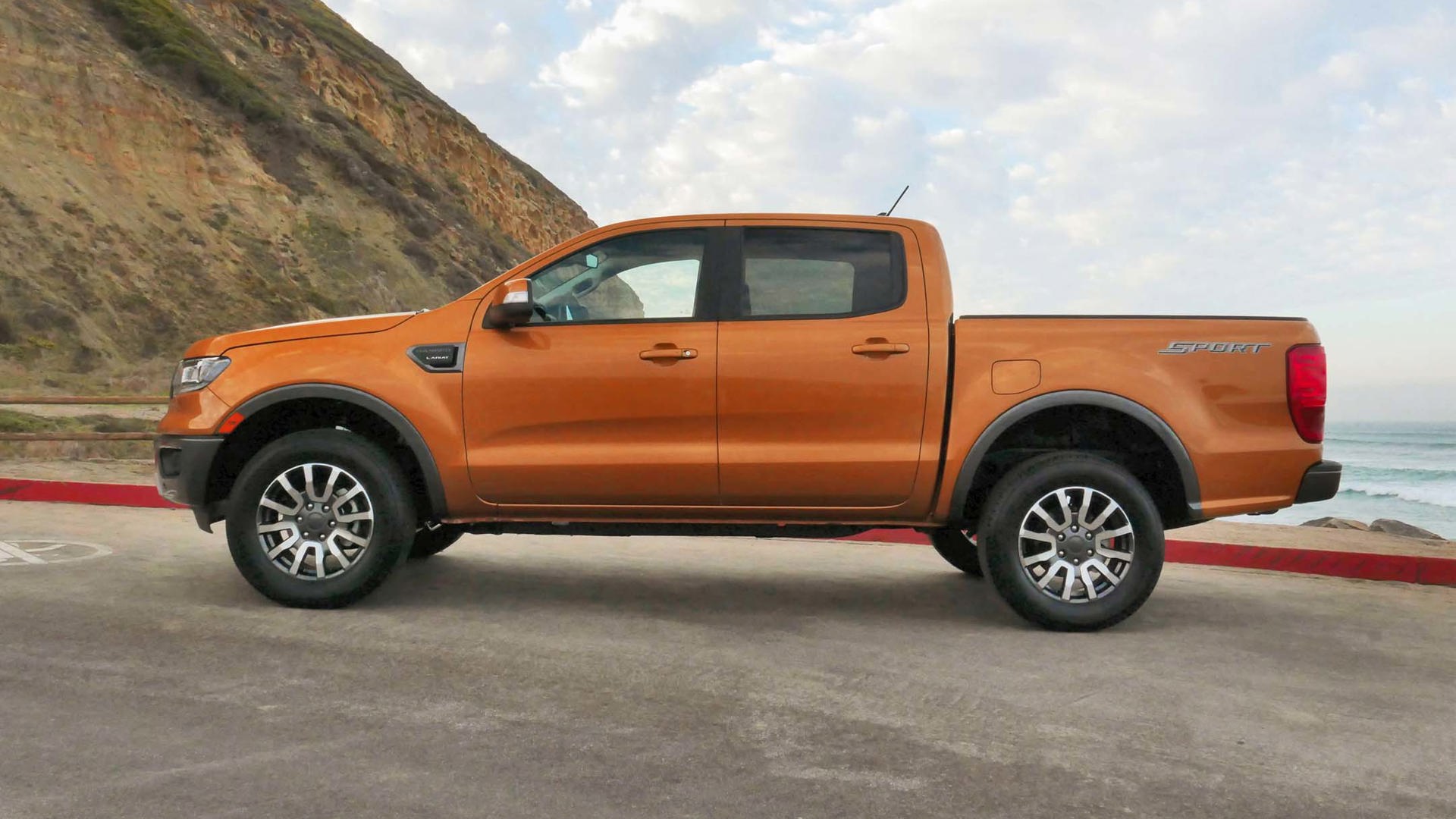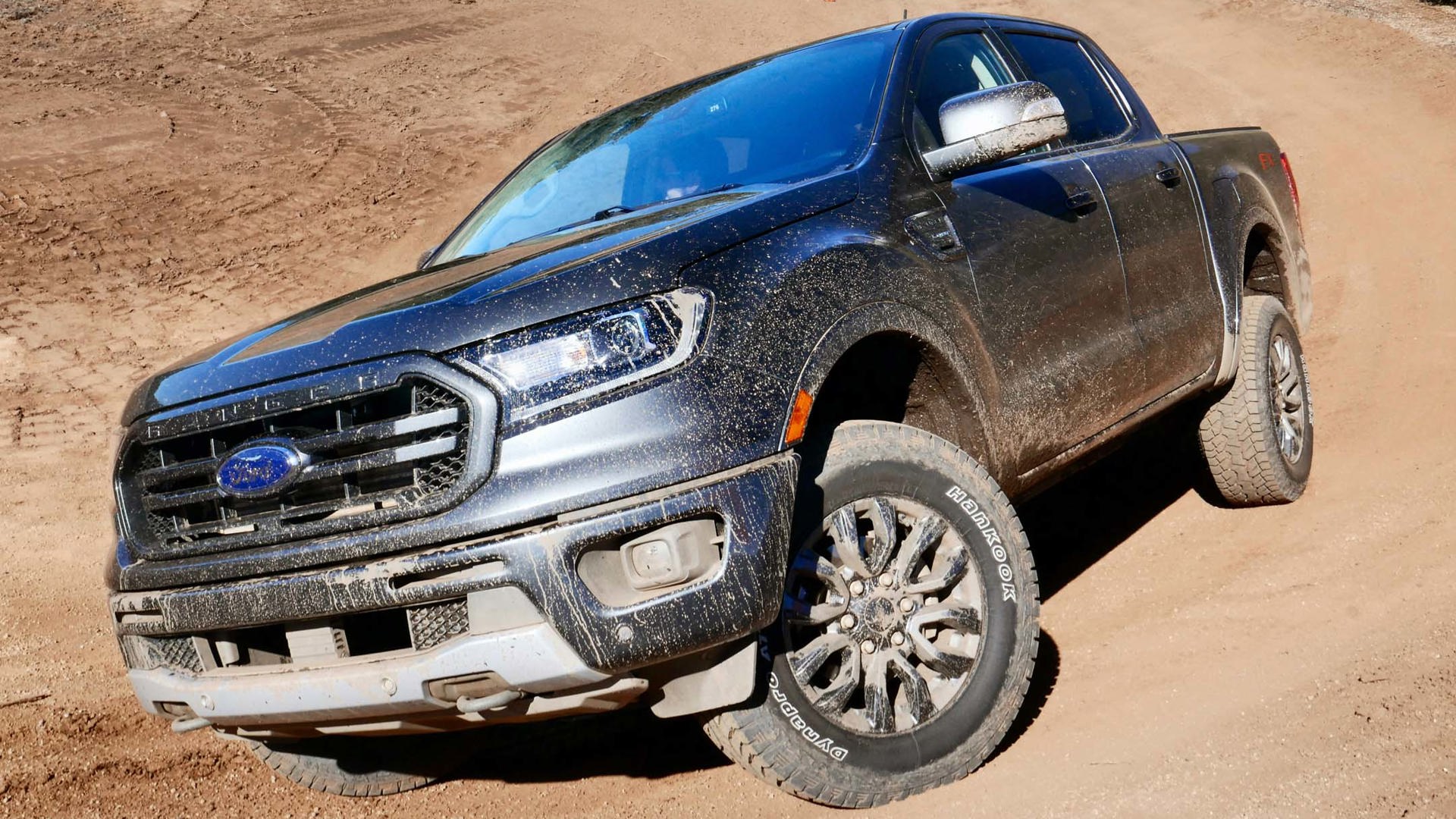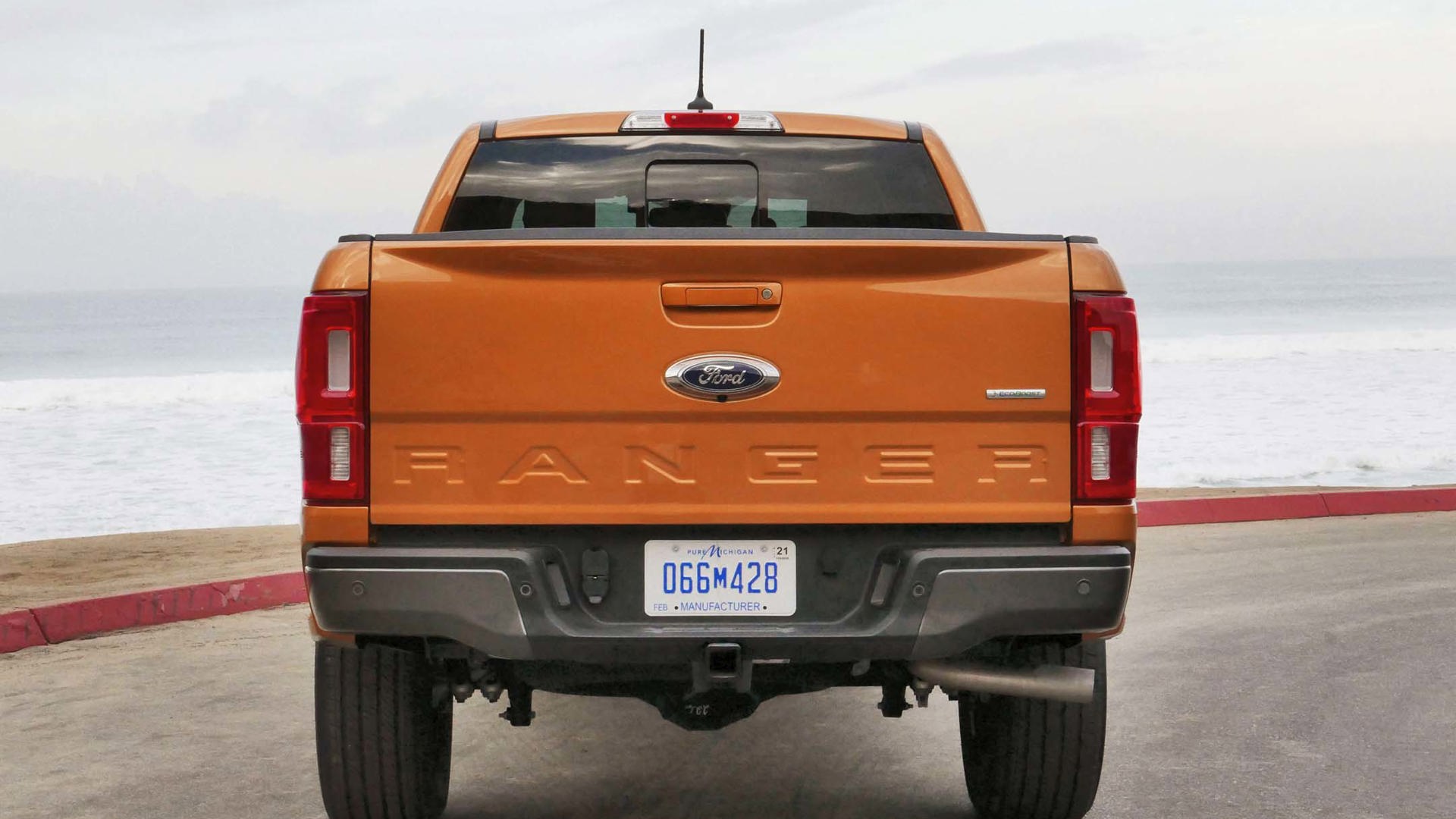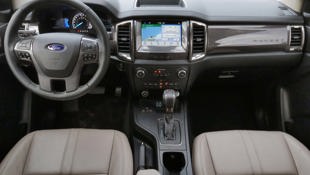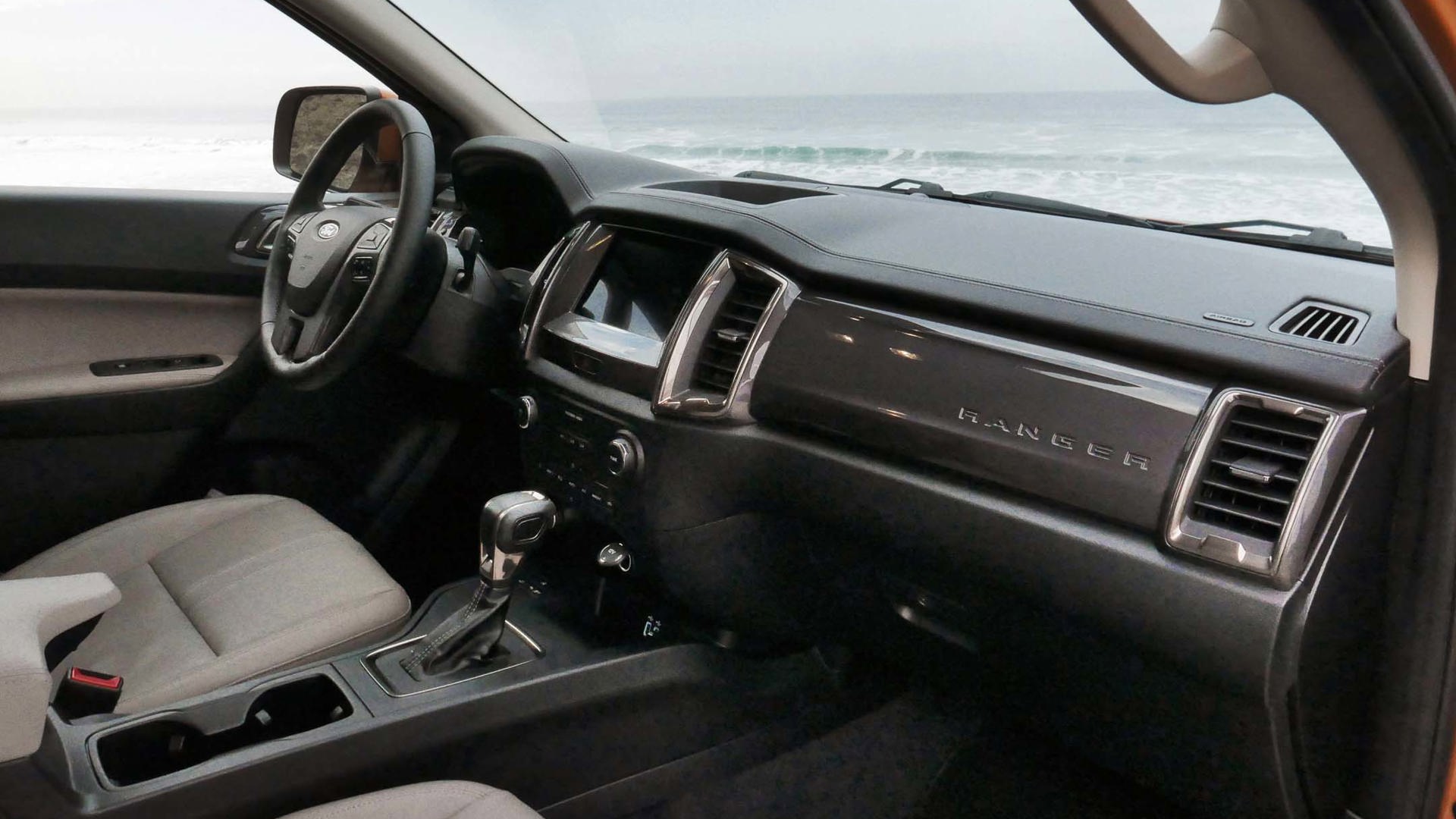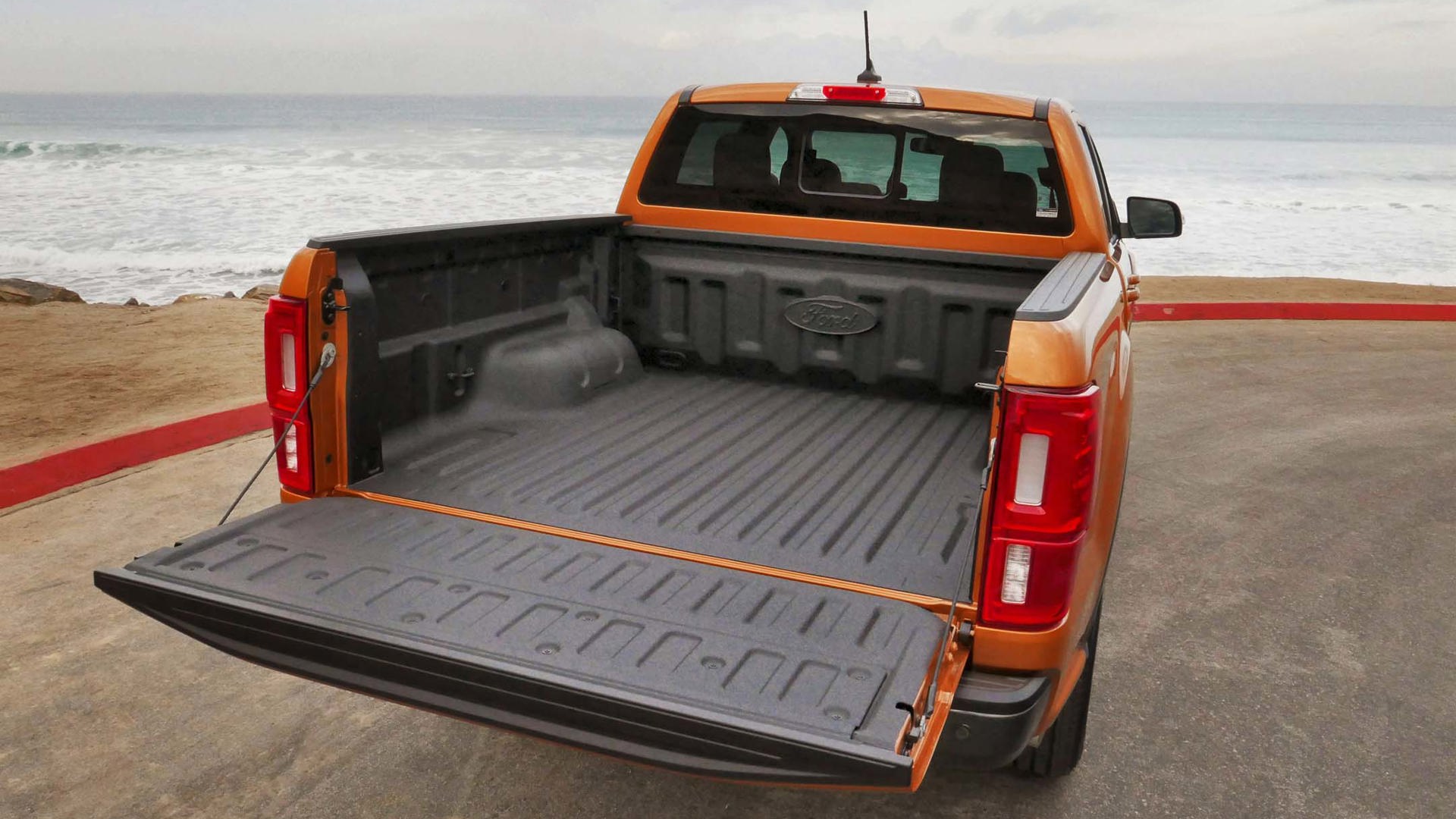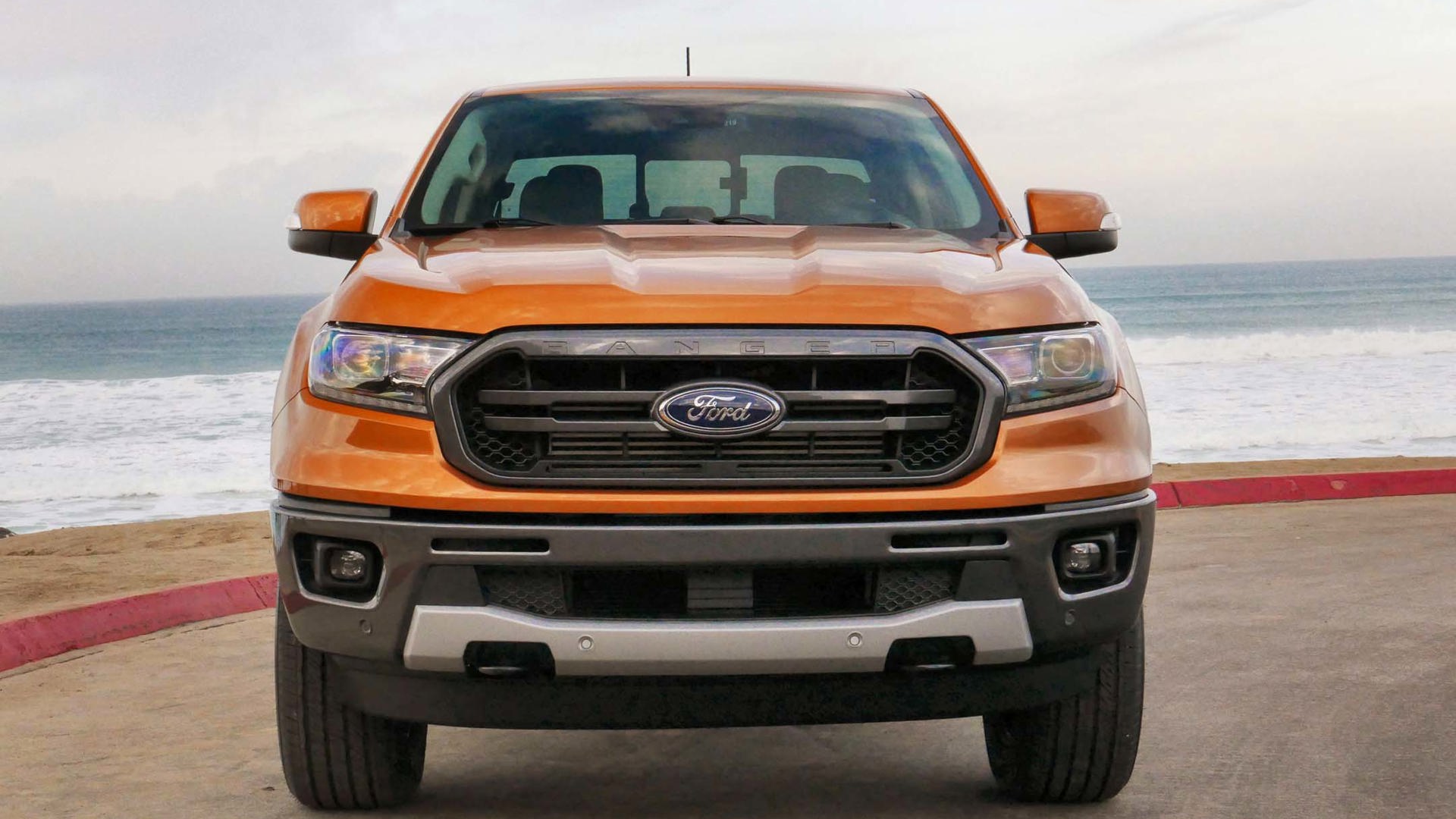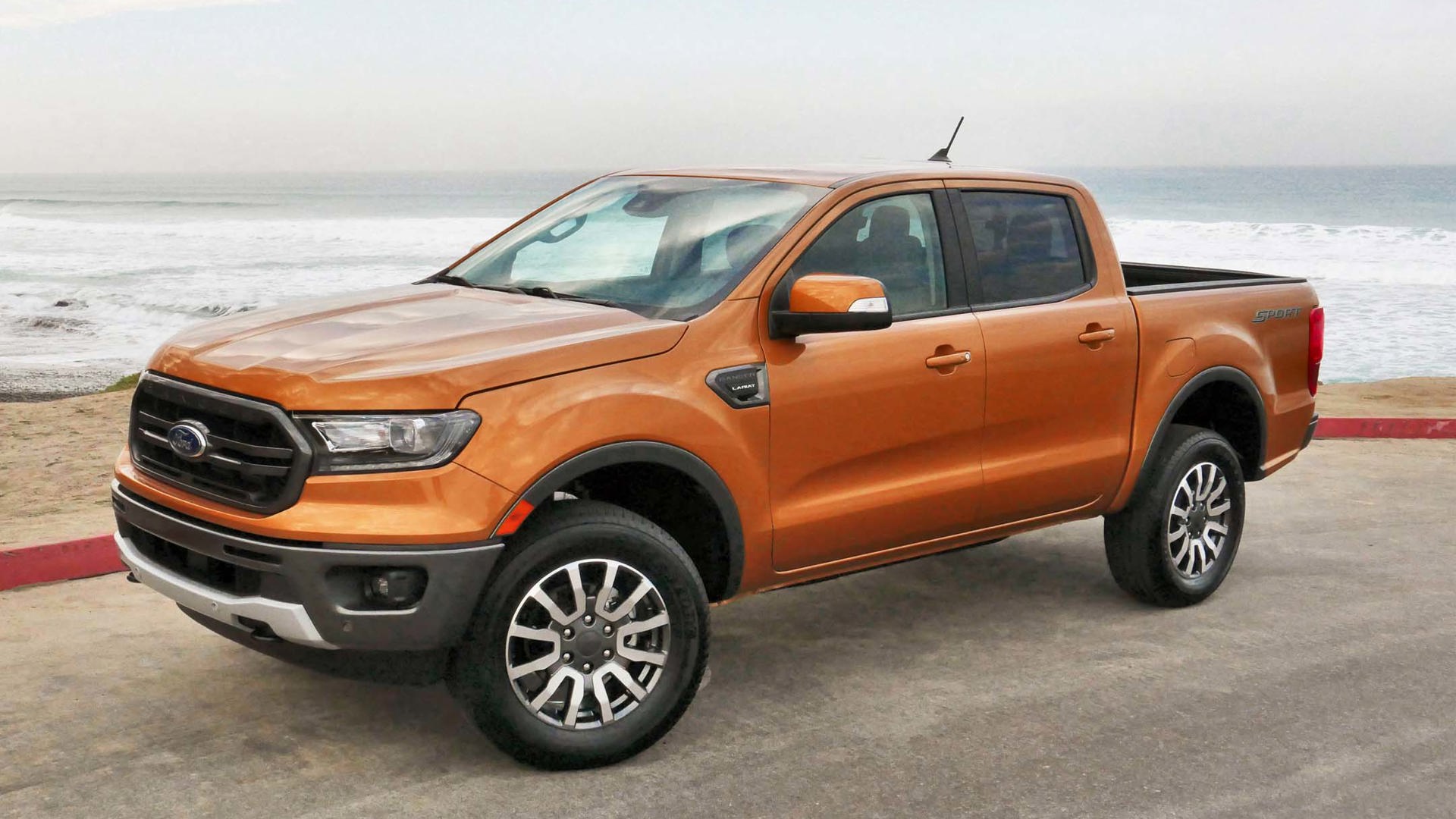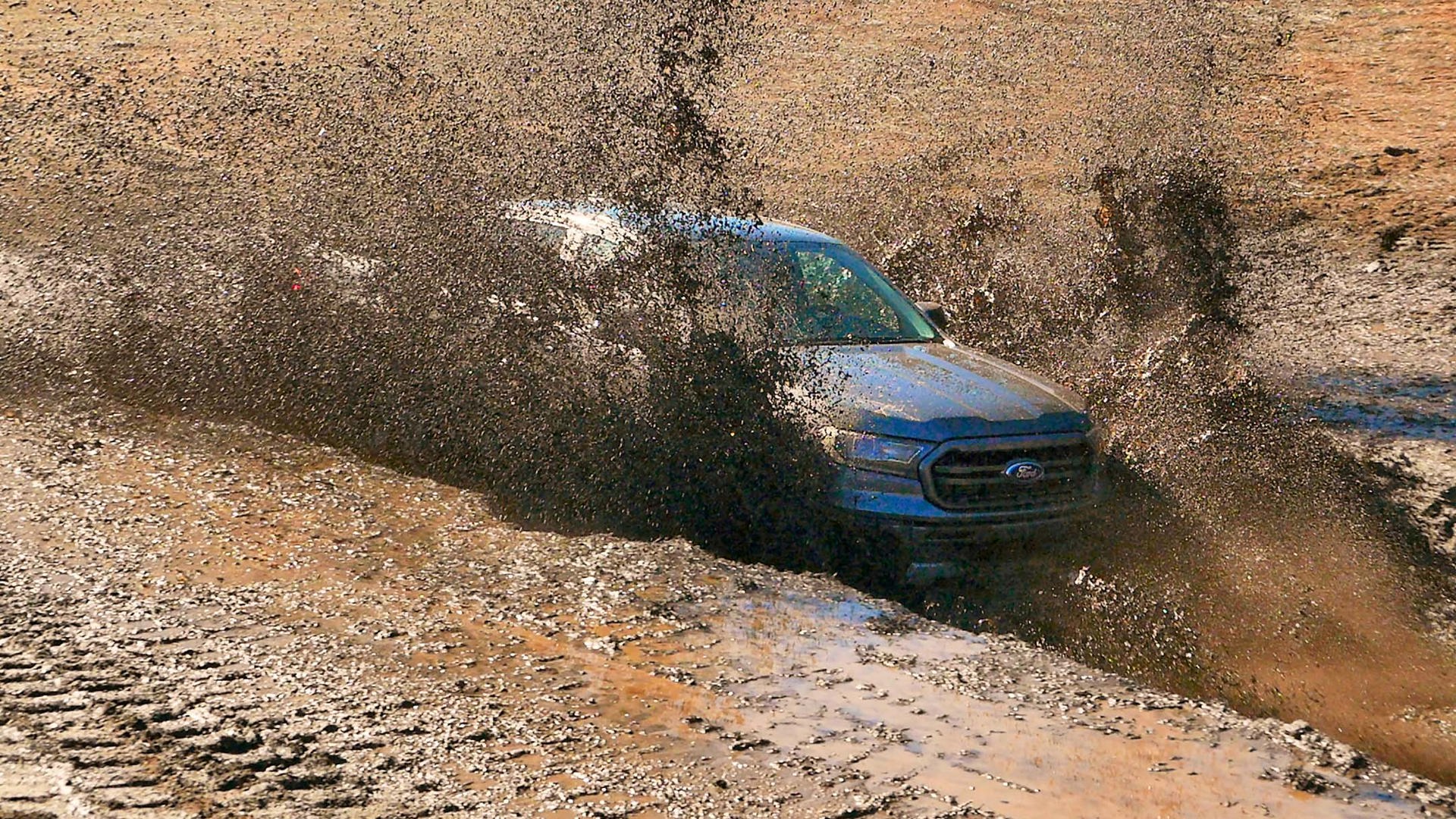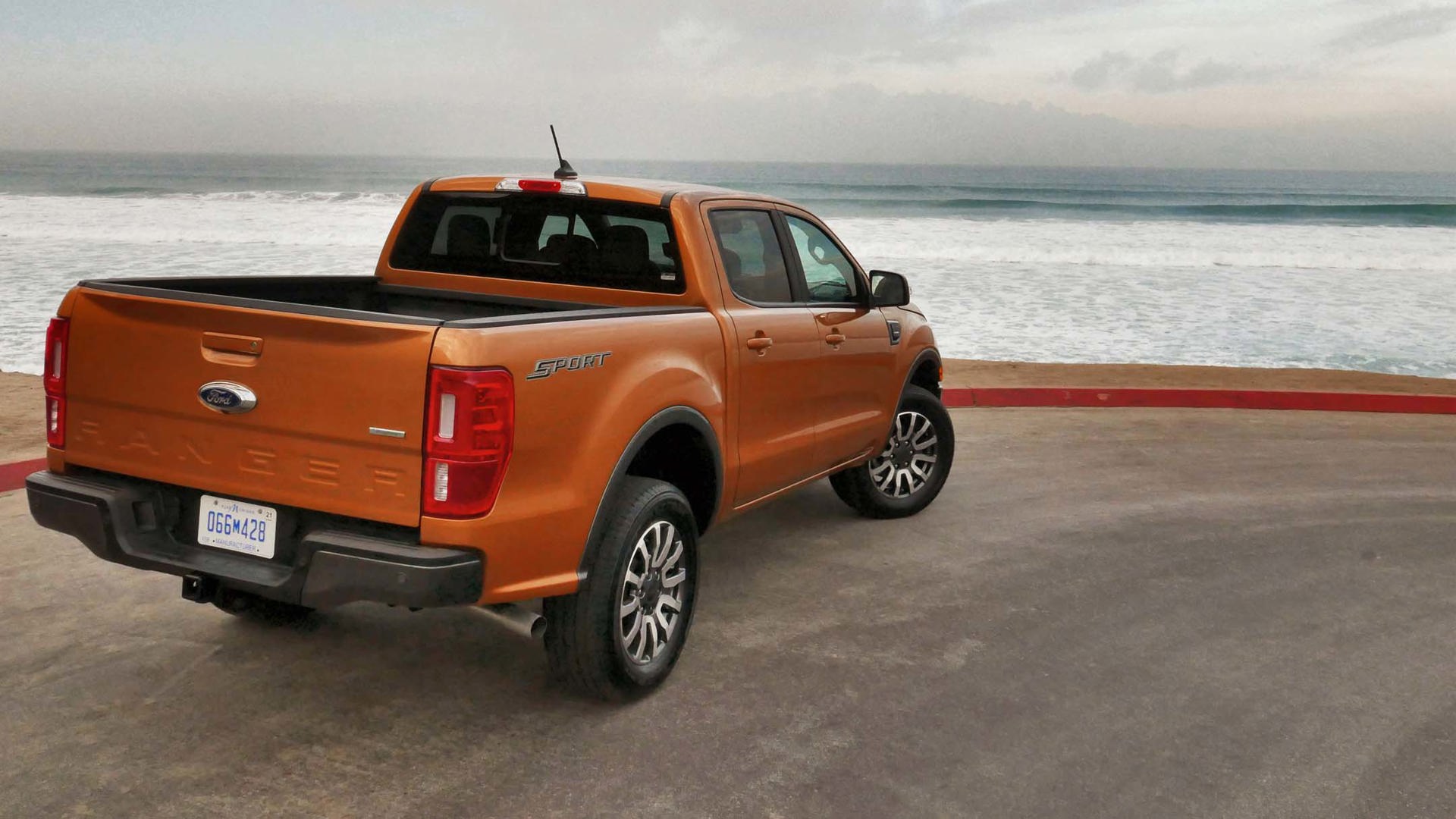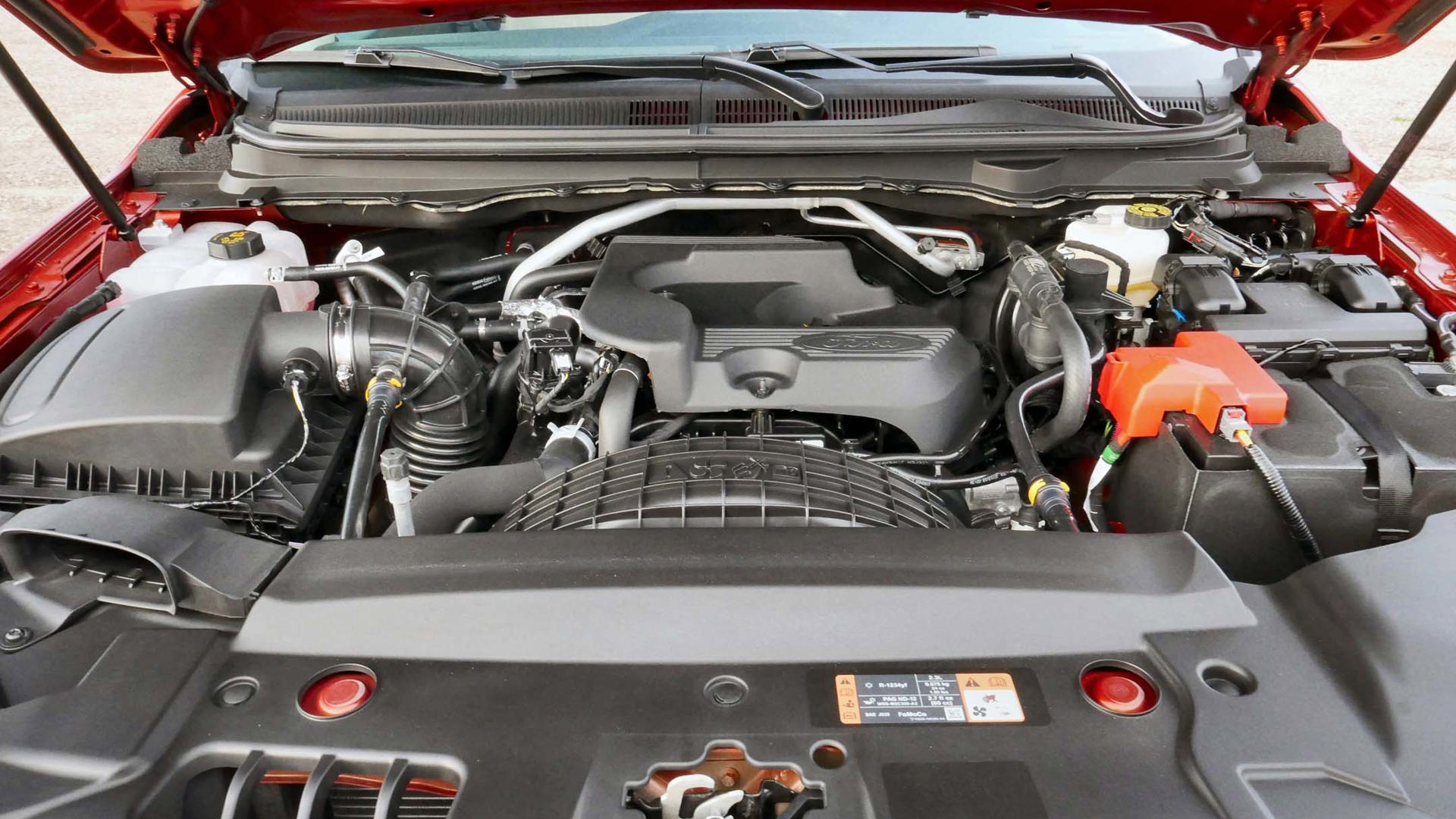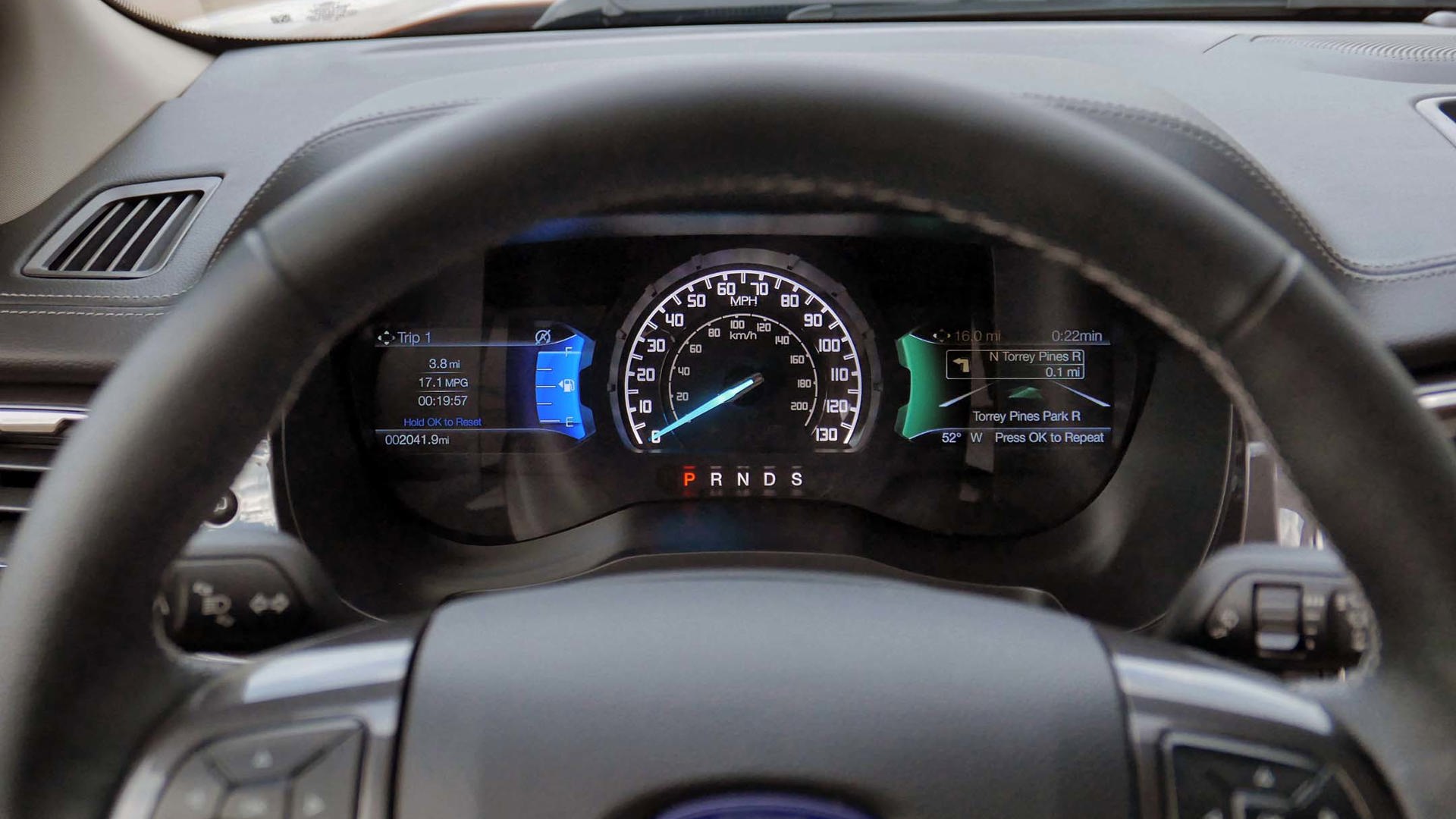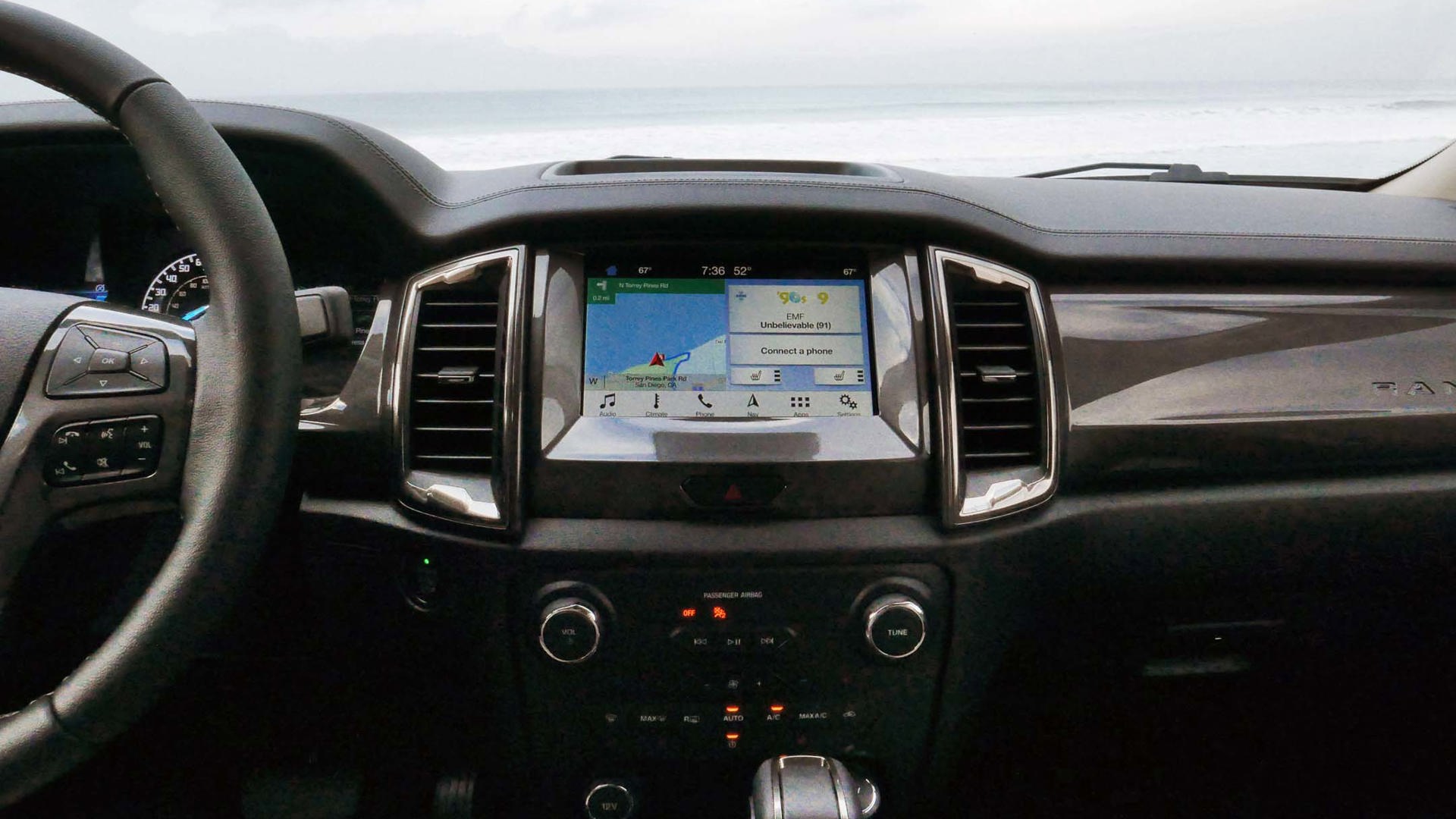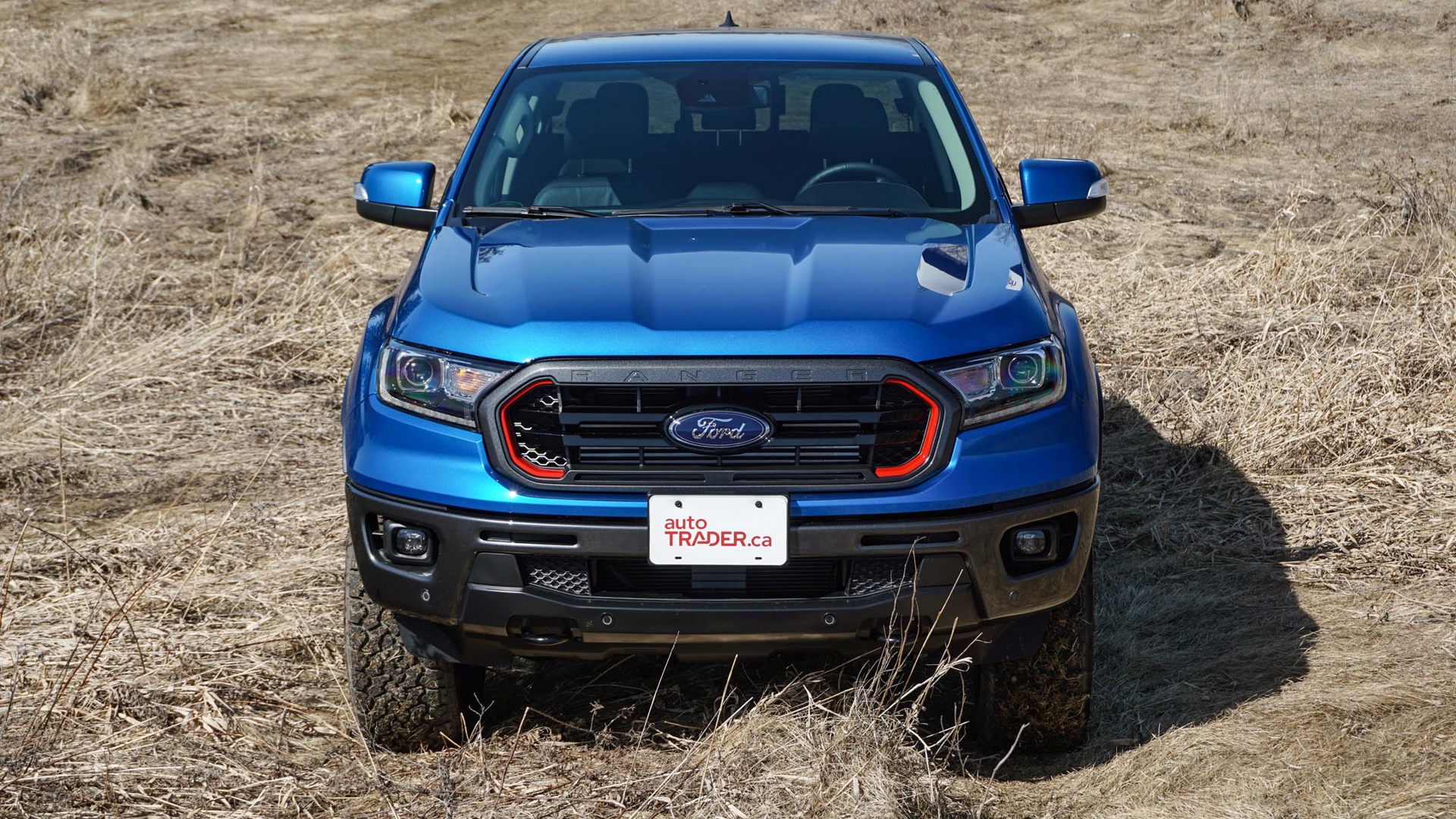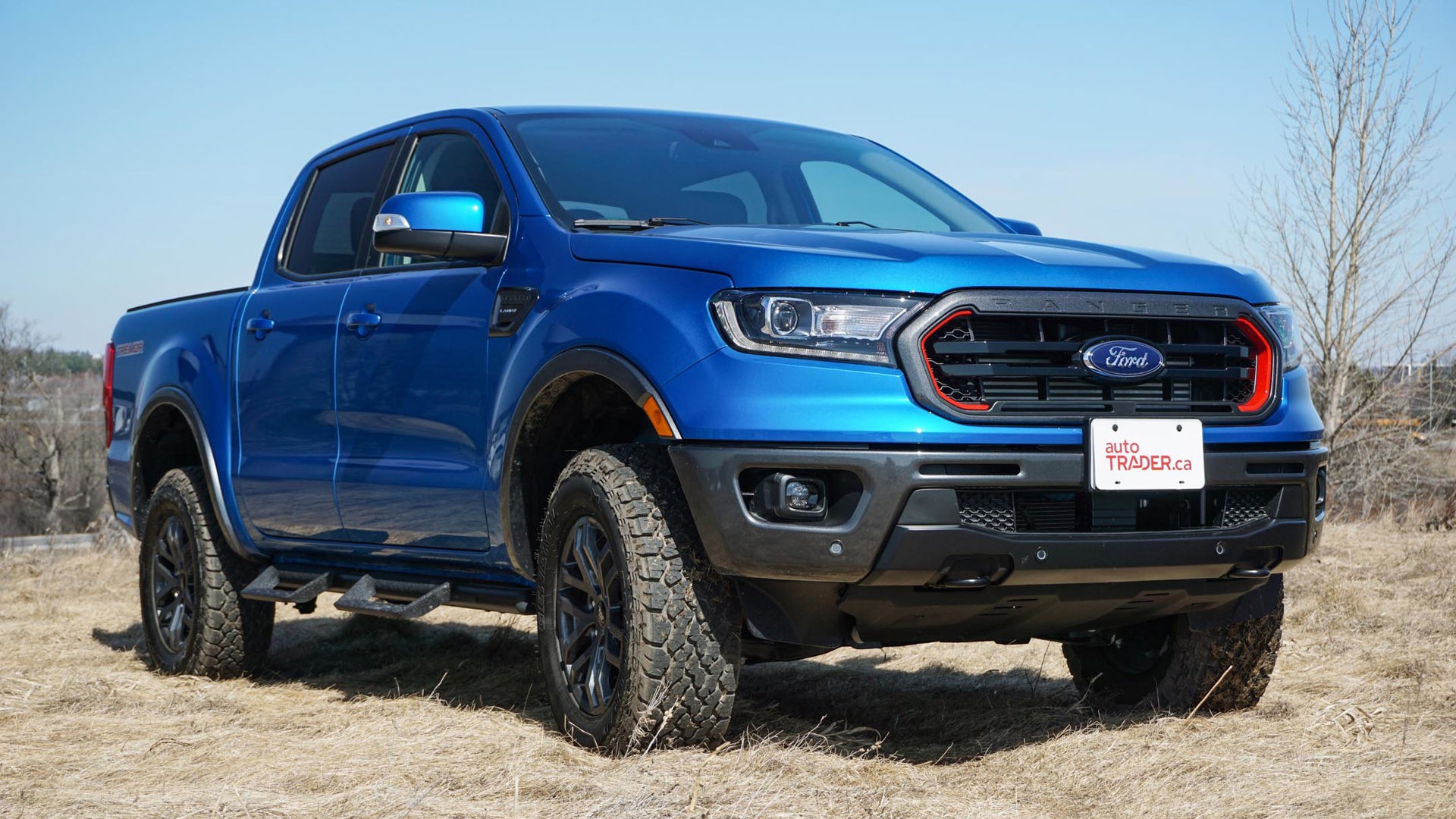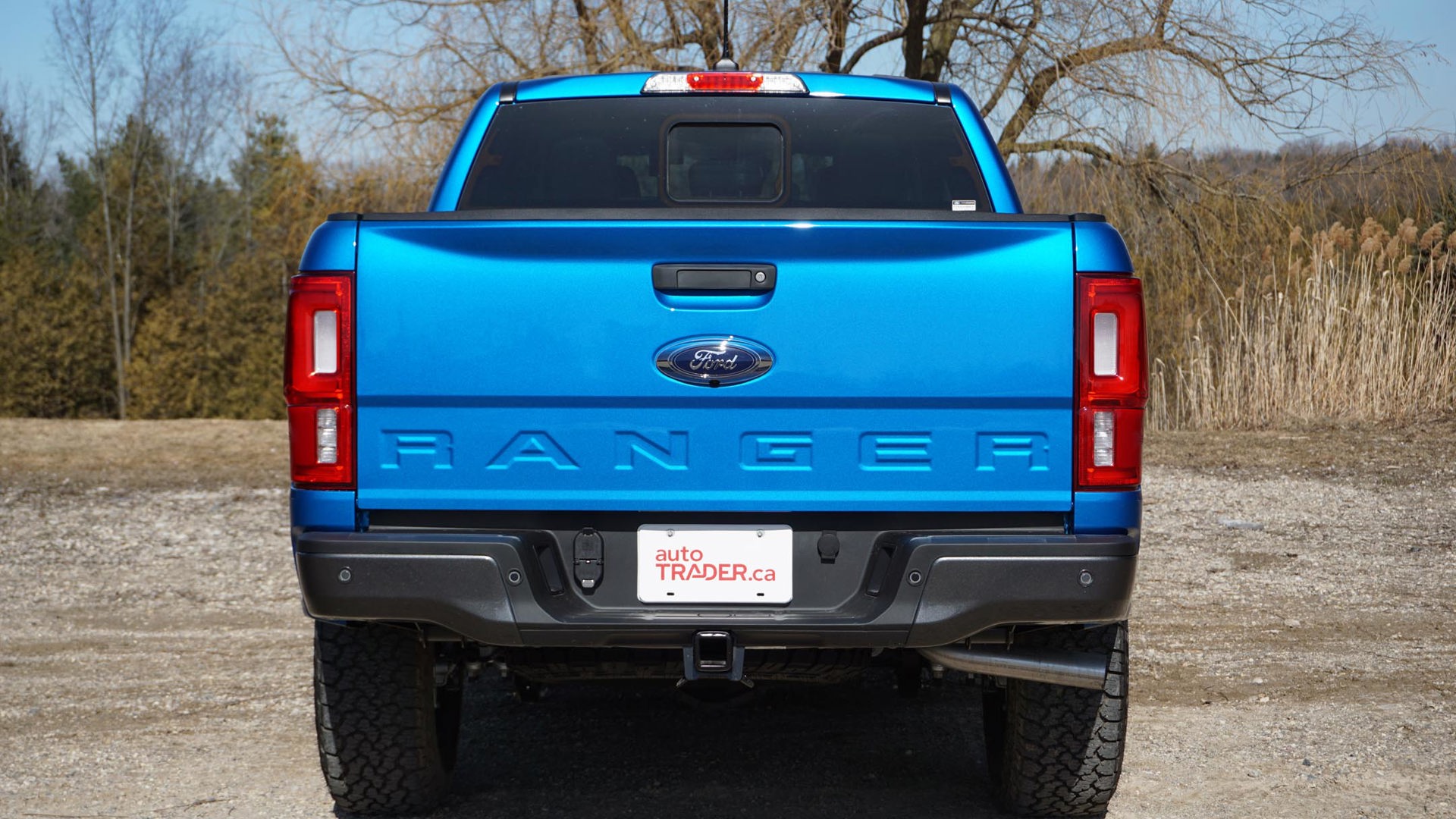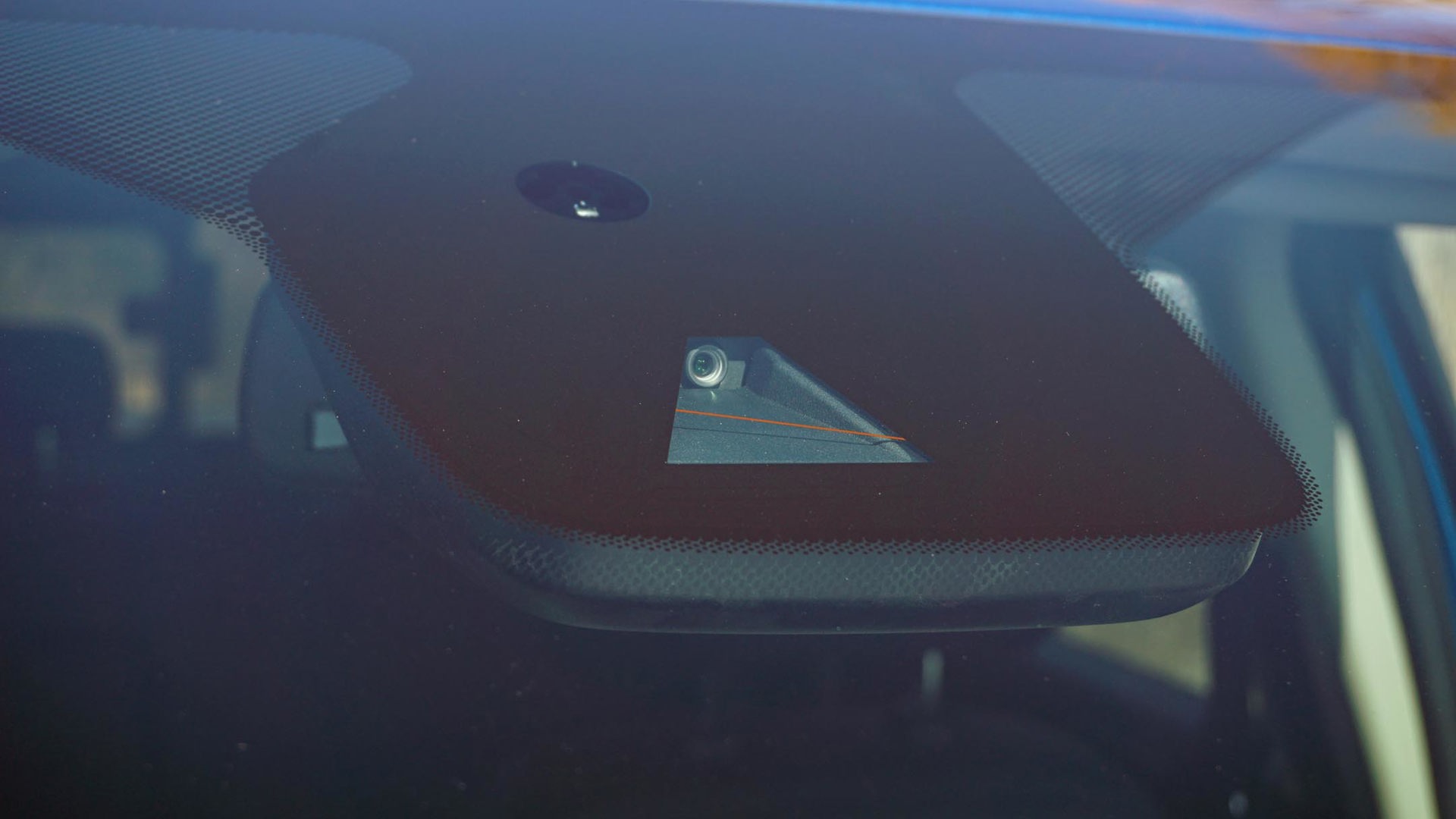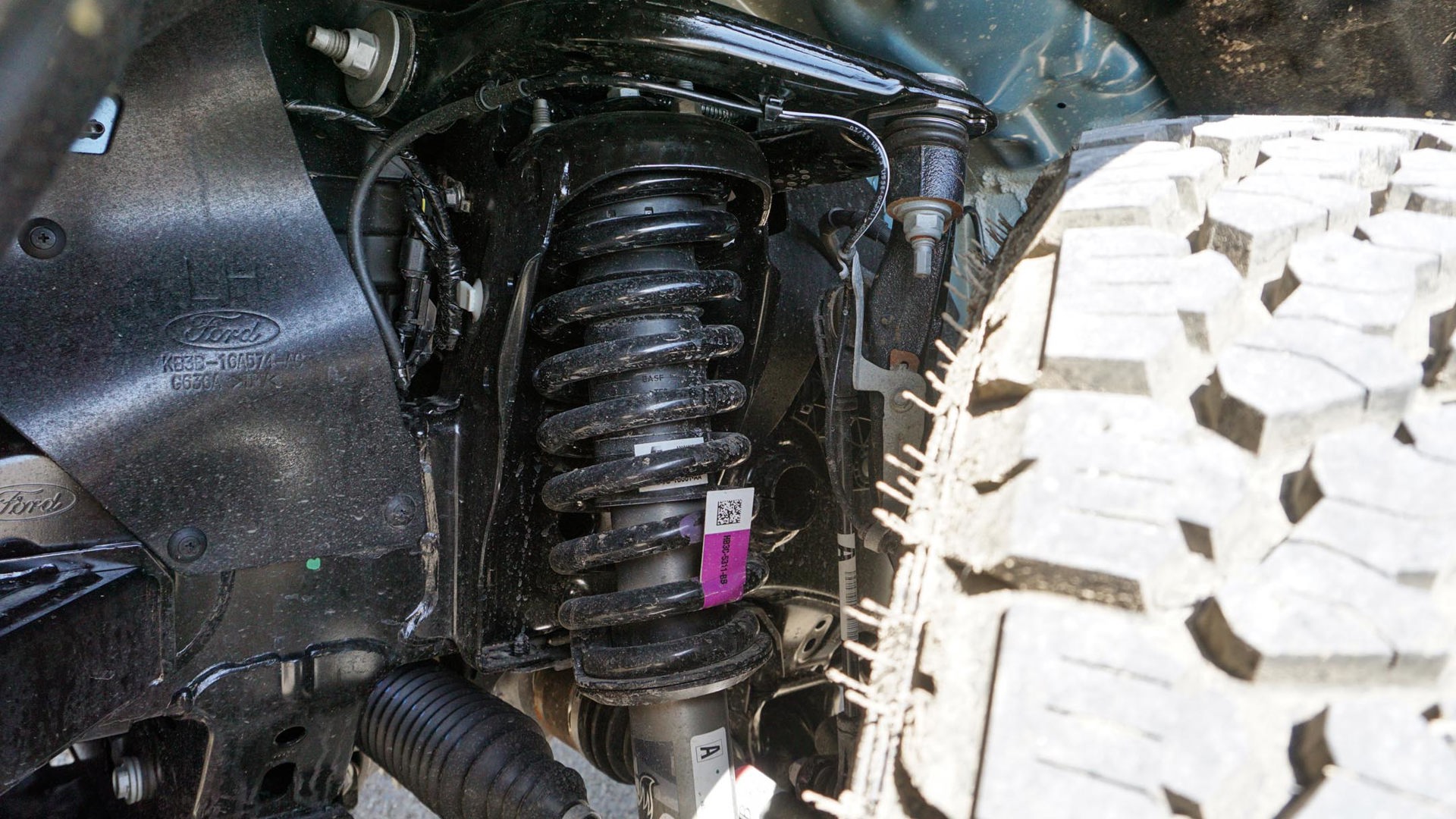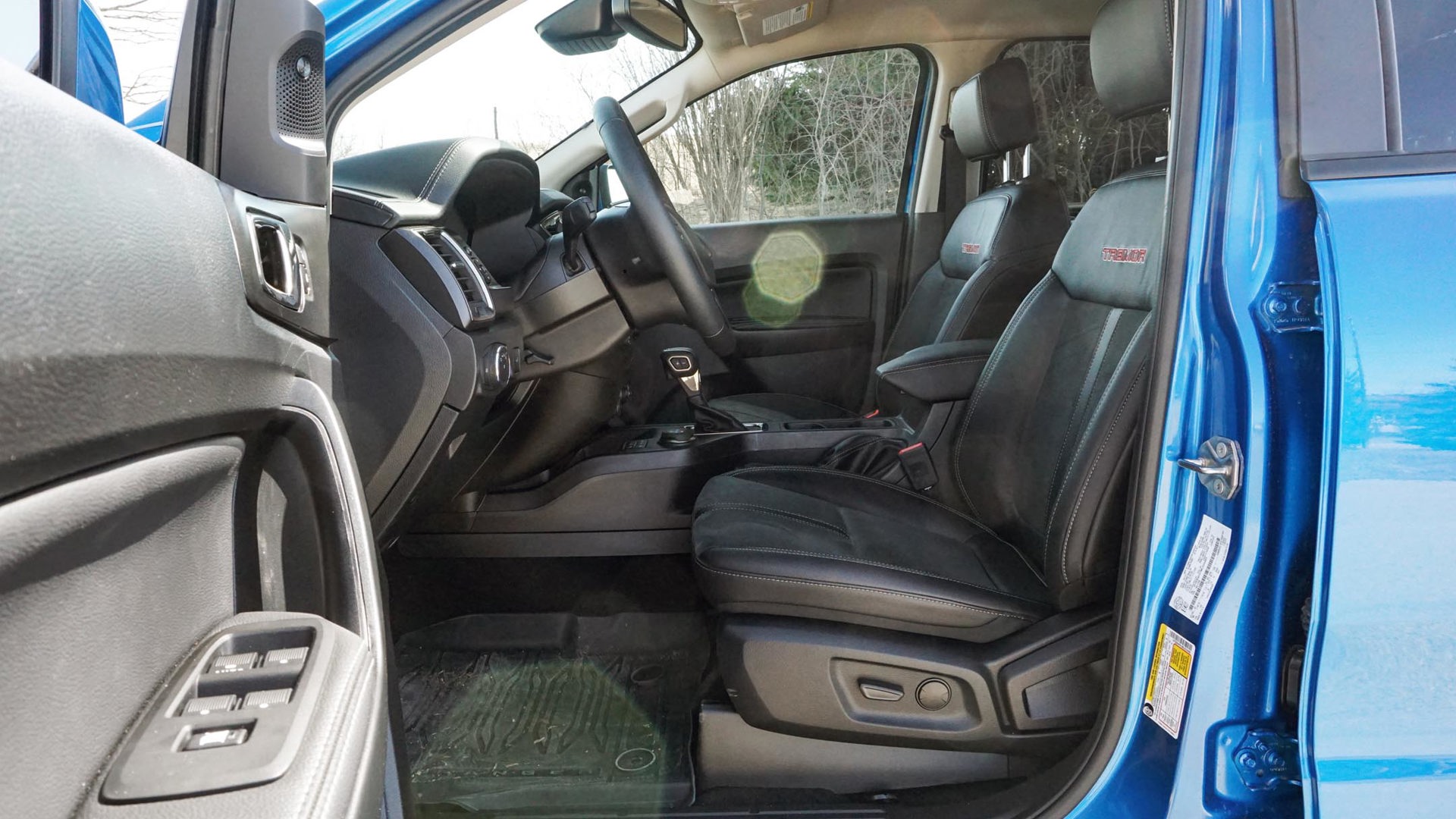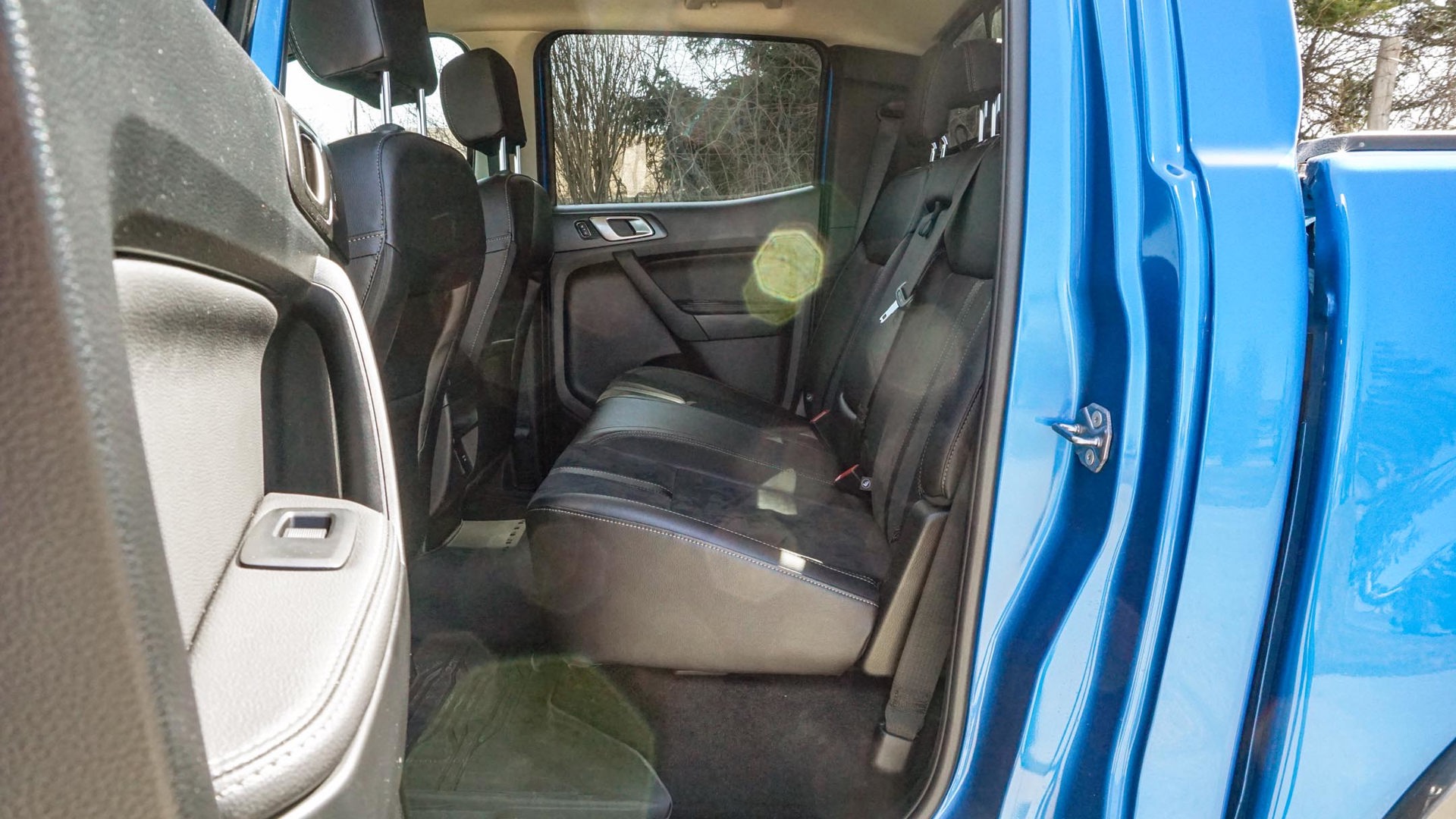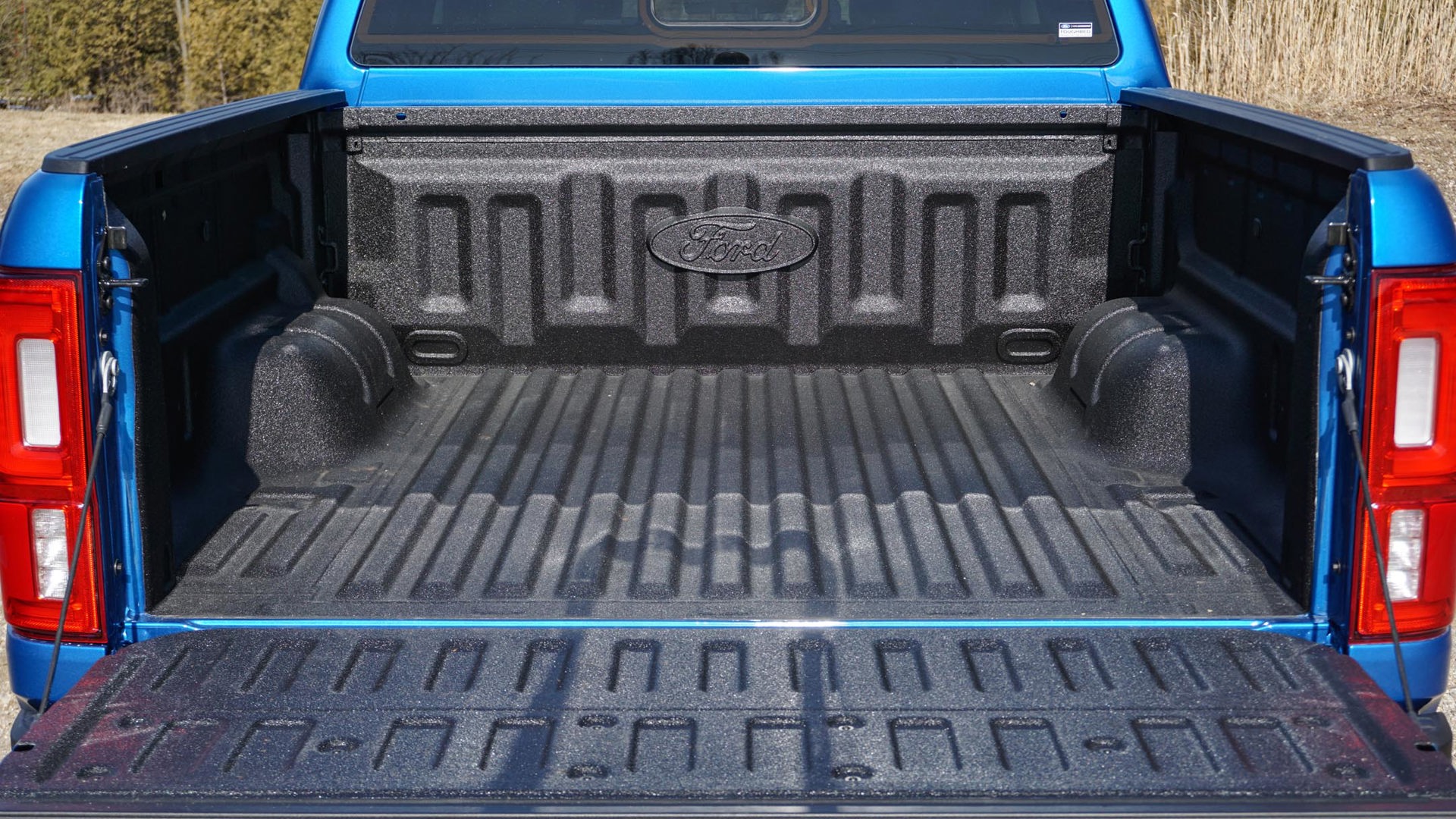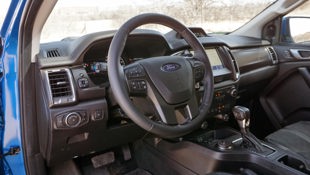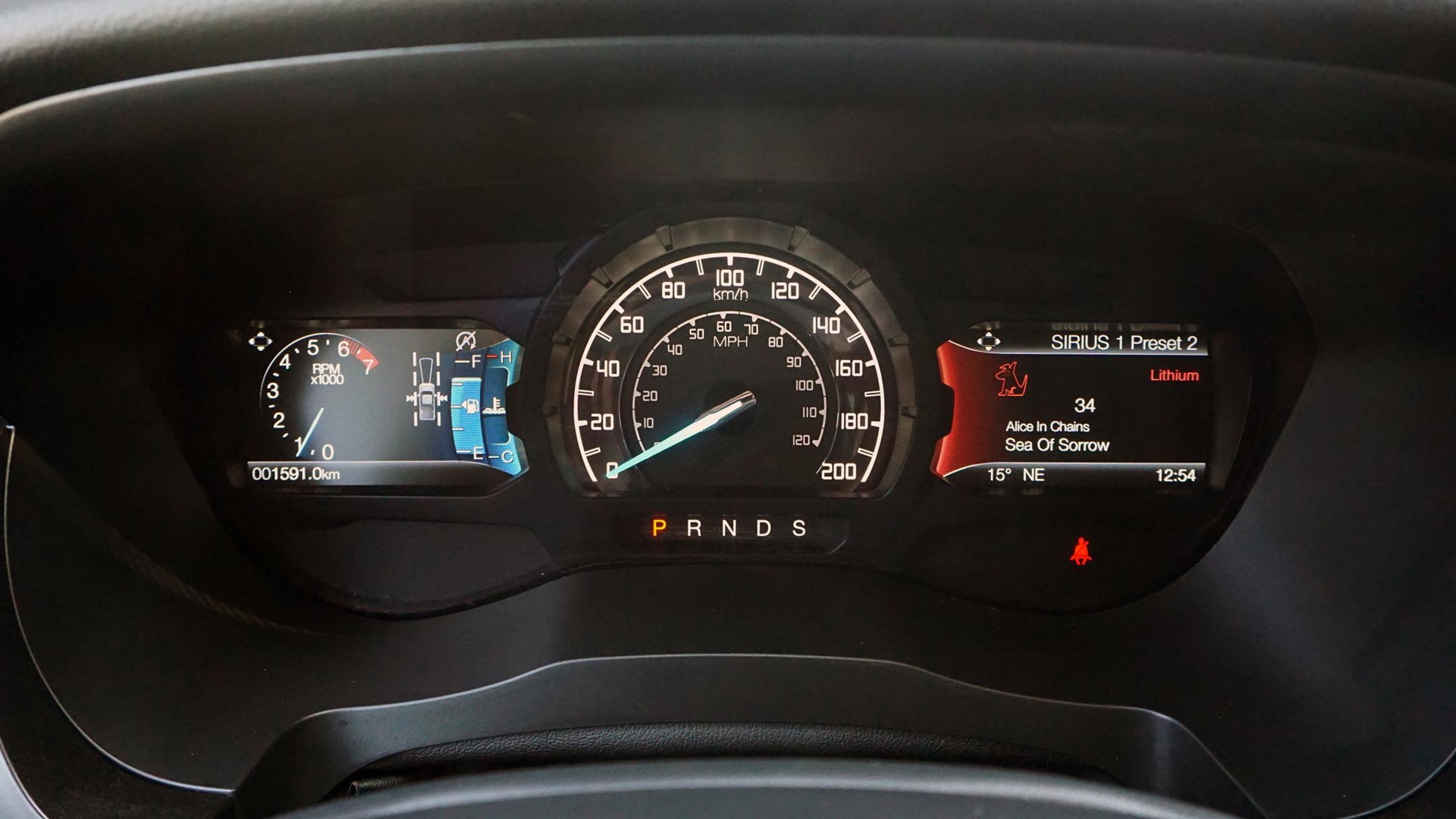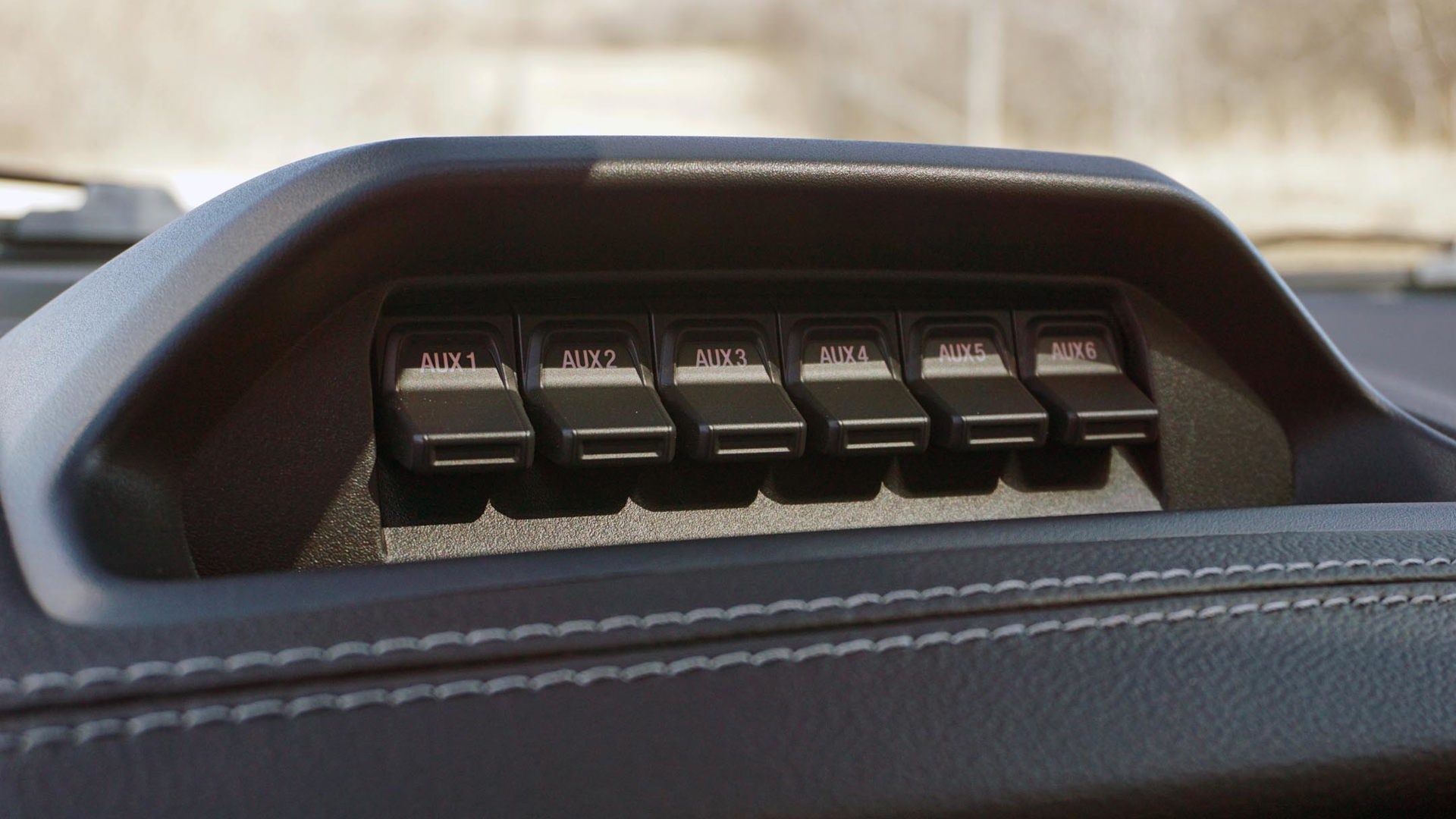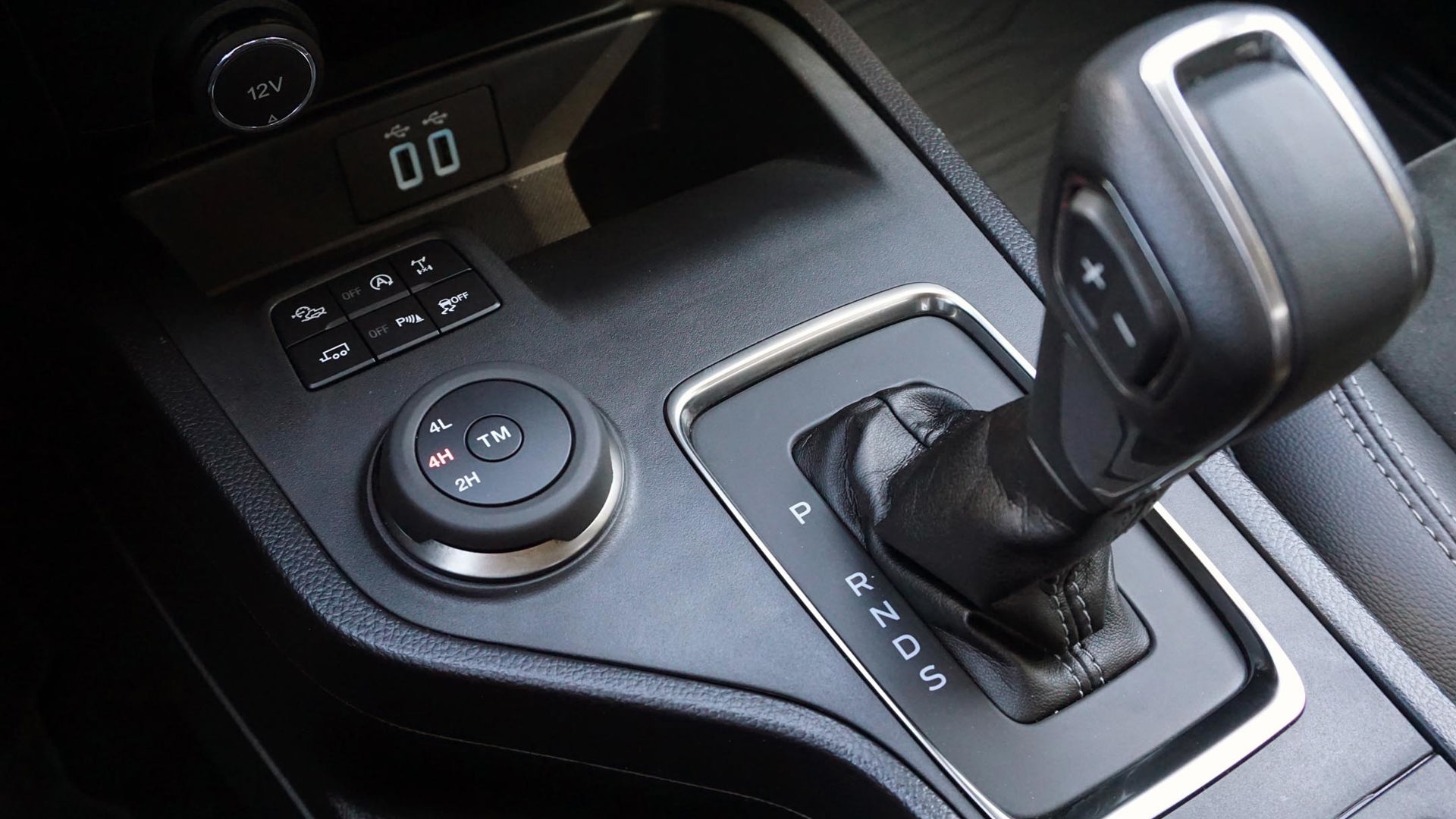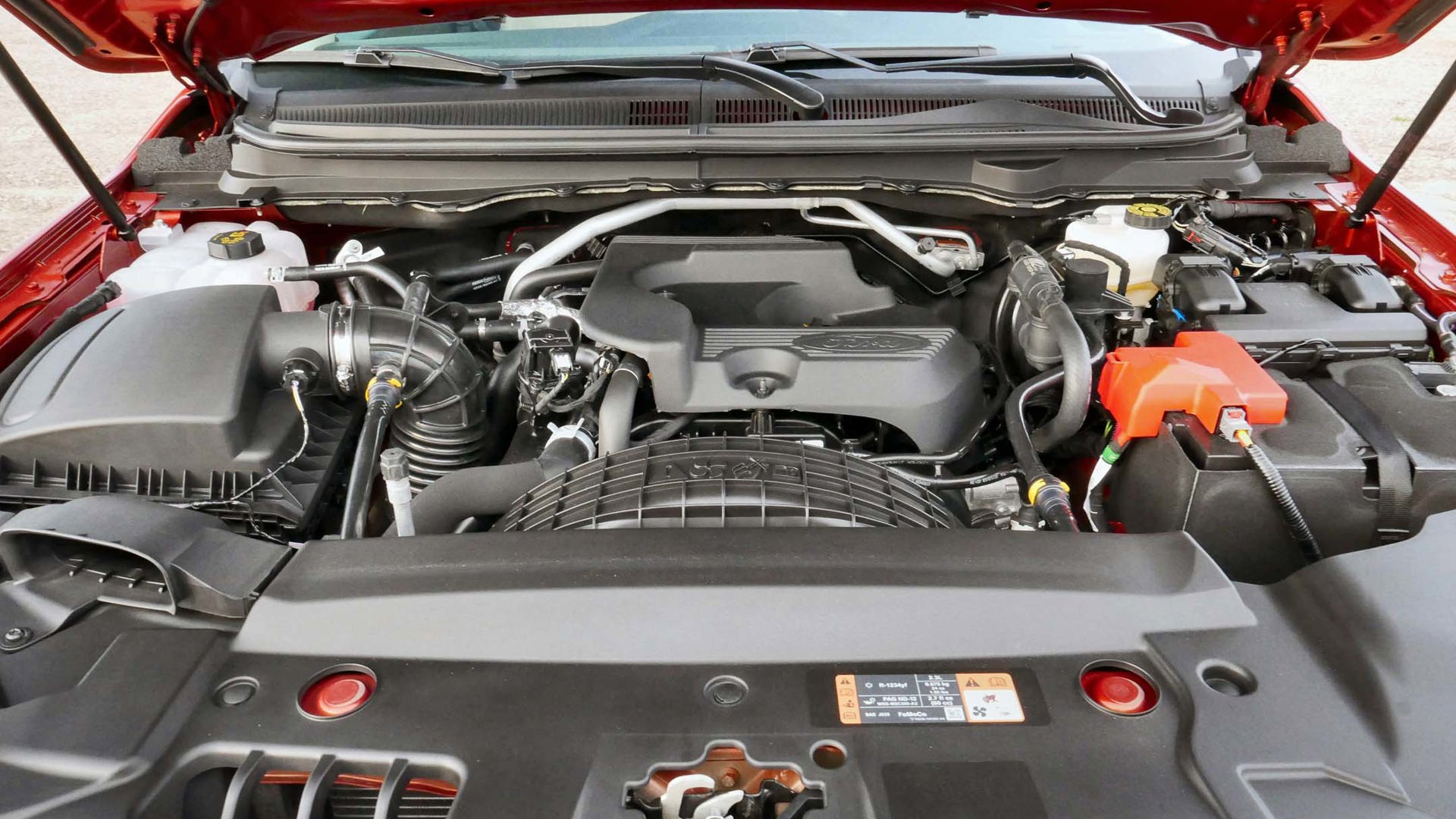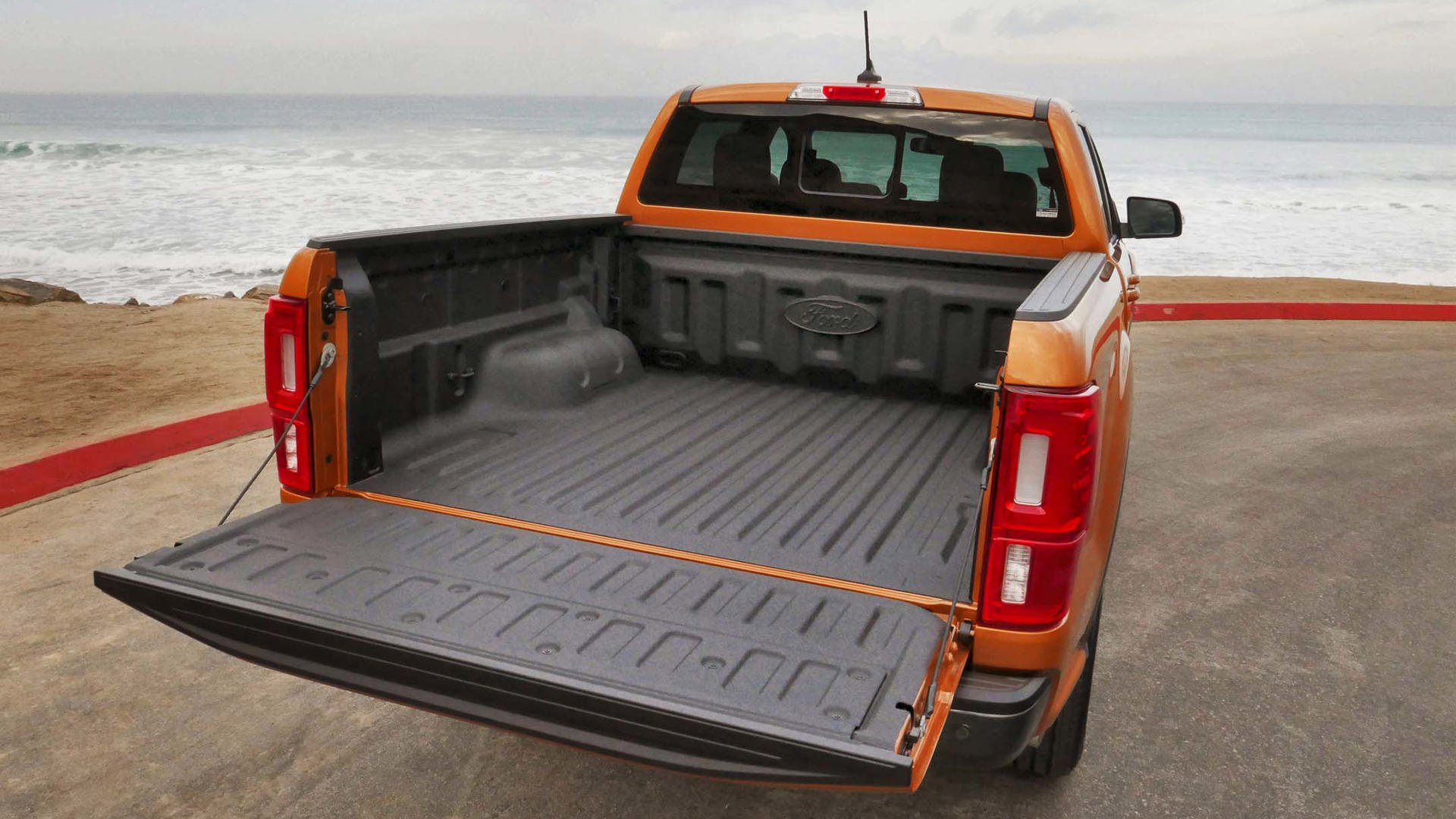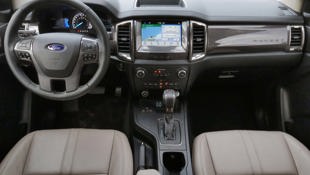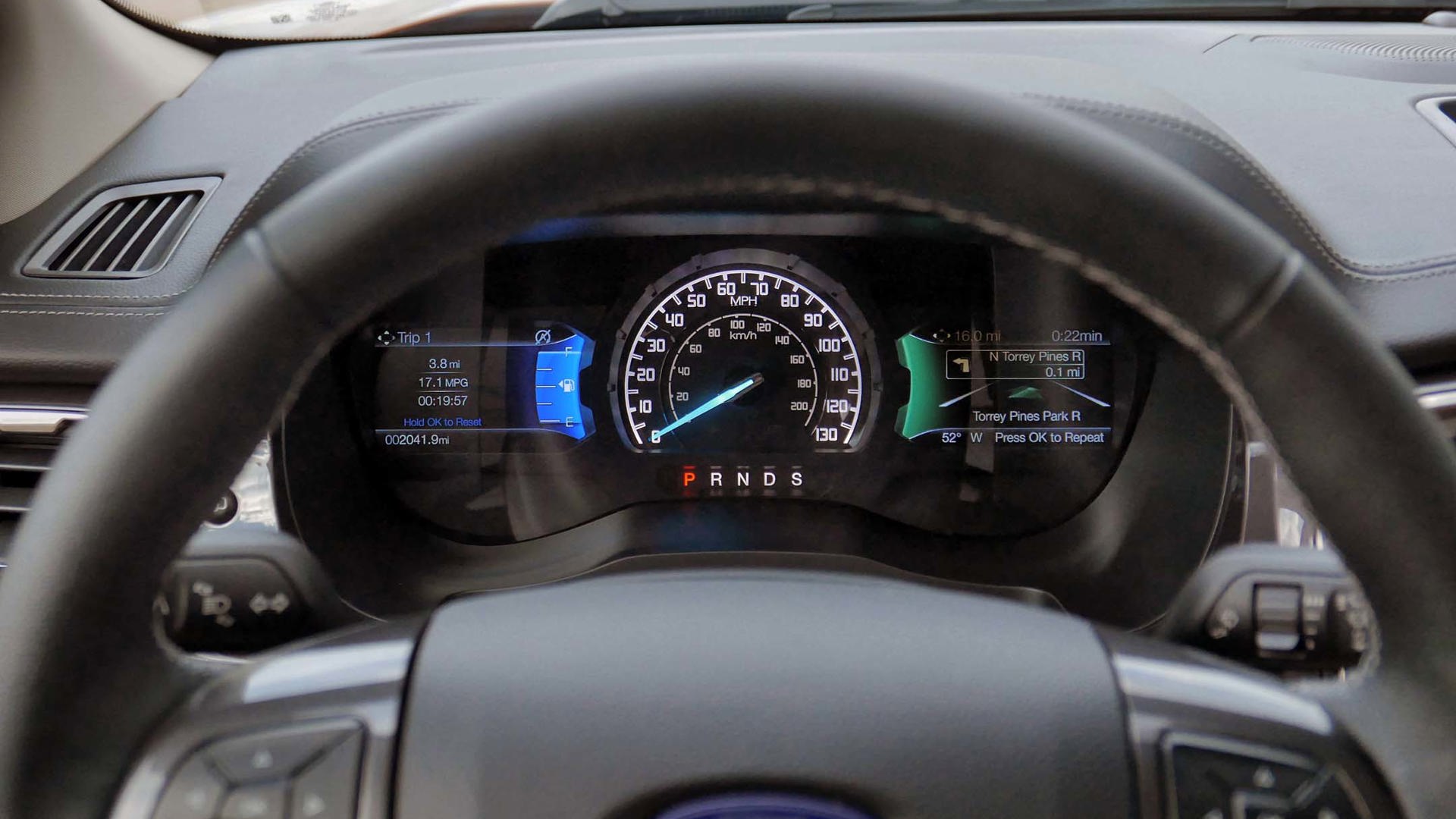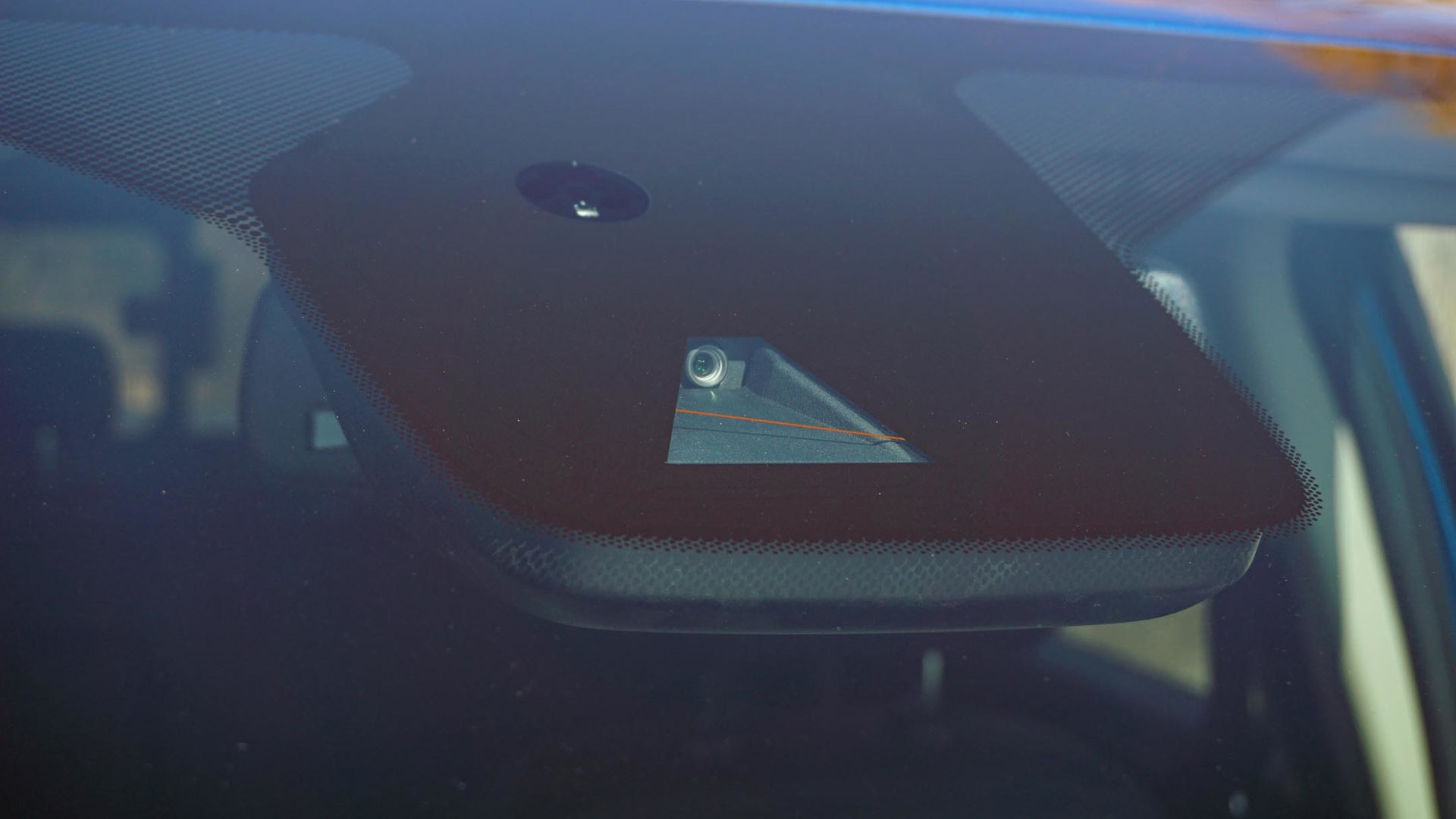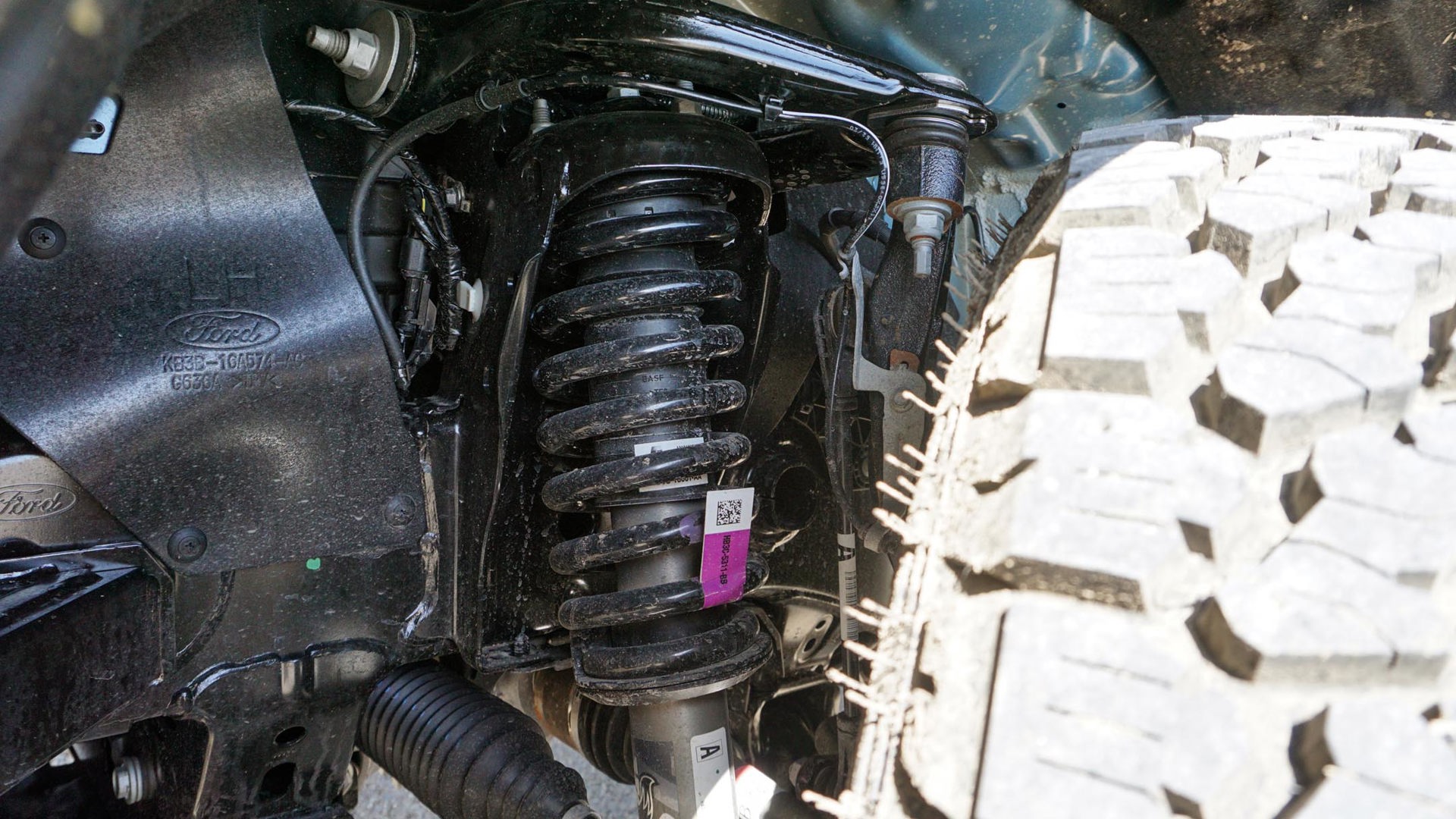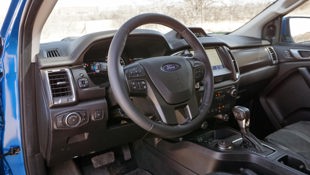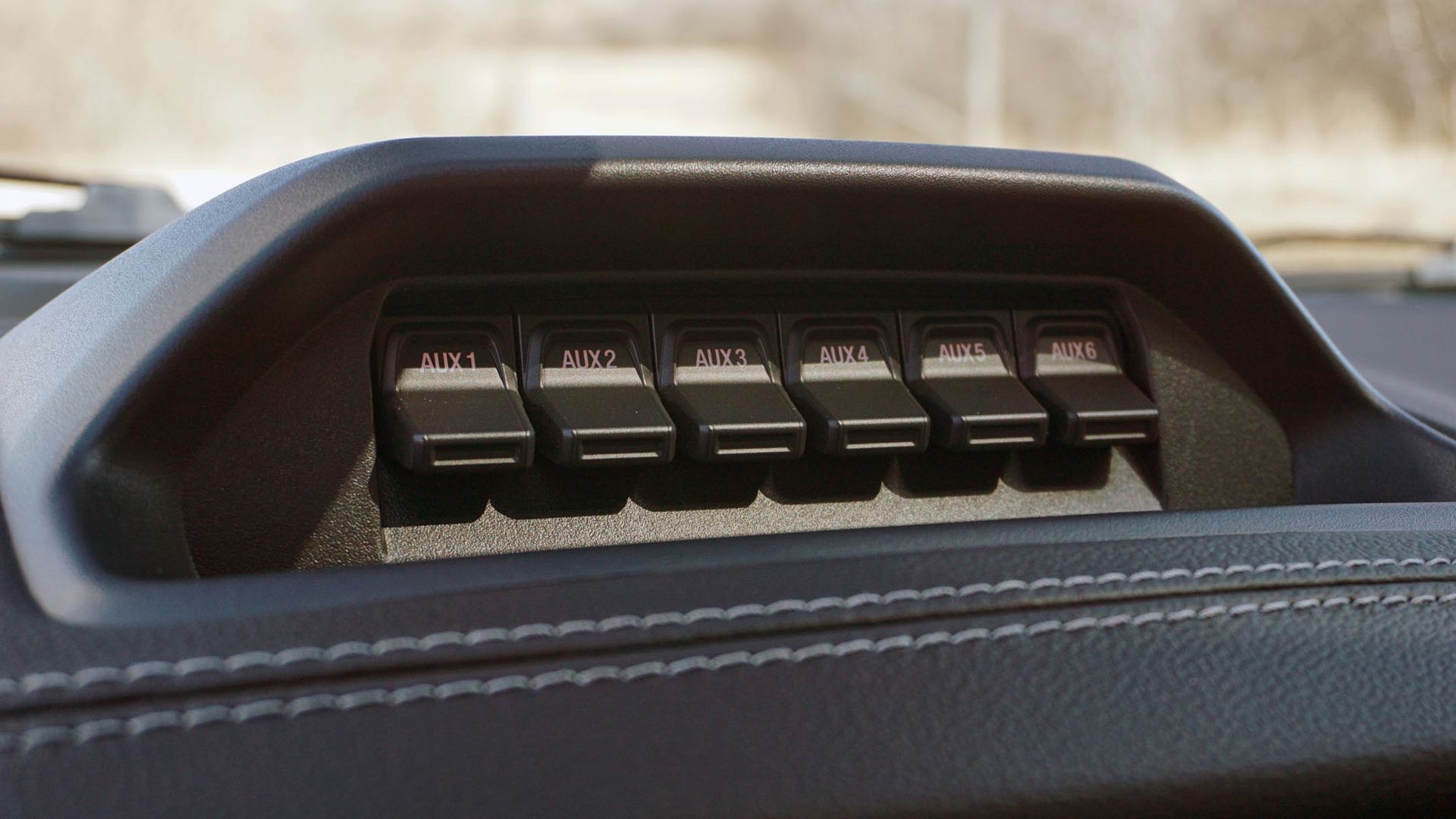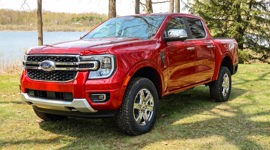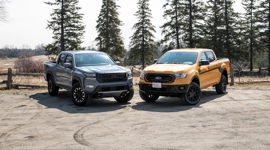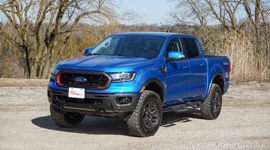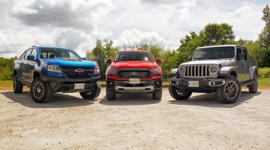Vehicle Type
Midsize pickup truck
History/Description
Flaunting one of the most advanced, torque-rich powertrains in the segment, the reborn Ford Ranger pickup took its rightful place beneath the best-selling F-150 when it hit Canadian roads back in 2018.
Shoppers could choose from various trim grades and packages, and a variety of factory-approved accessories to tailor this midsize truck their way. For shoppers after pickup truck capability with a reduced fuel bill and easier manoeuvring – and parking – in tight quarters, the Ranger is a compelling choice.
The 2.3L turbocharged four-cylinder engine fitted to all versions sold in Canada provides access to 270 hp and 310 lb-ft of torque. That all-important torque figure bested all V6-powered competitors of the day, with only the upcoming Chevrolet Colorado and GMC Canyon twins besting it.
The engine is teamed up with a 10-speed automatic transmission that this author noted to be mostly smooth, seamless, and invisible on a previous test drive, although others have noted occasional clunky operation.
Available features include must-haves like an eight-inch touchscreen infotainment system, forward collision warning and automatic emergency braking, lane-keeping assistance, adaptive cruise control, automatic climate control, and an electronic off-road toolkit intended to put the Ranger’s full trail capabilities within reach of drivers of all skill levels.
Key competitors include the Nissan Frontier, Toyota Tacoma, and those aforementioned General Motors (GM) siblings, as well as the Jeep Gladiator.
What Owners Like
When it comes to onboard technology, exterior styling, power output for the dollar, and a smooth and well-mannered ride across a wide range of surfaces, Ranger owners tend to be impressed. An athletic look wraps the strong-performing drive, and during extensive testing on back roads and trails, the 2020 Ranger FX4 delivered a more comfortable and controlled ride than this author expected. AutoTrader Road Test Editor Dan Ilika found the suspension to be a little too springy and prone to movement during on- and off-road testing.
What Owners Dislike
A main complaint of this generation Ford Ranger is the styling of its cabin. When it launched for model-year 2019, parts of the Ranger’s cabin were already looking dated thanks to the generous use of controls, switchgear, and trim elements from an earlier generation of Ford products. Other drivers wish for a more eager and assertive feel from the Ranger’s brakes. More on that later.
Battery and Ignition Stop-Start Issues
Some Ranger owners have reported a disappointing life expectancy from the factory-installed battery. Others have not. According to this discussion, some owners have had factory batteries fail in as little as three months. Others have had batteries replaced (under warranty) after as little as 12 to 19 months. Others still are running their factory battery several years into ownership with no issues.
Some owners have assumed quality-control issues at the Ranger’s battery supplier may be to blame, and it seems like owners in hot climates who drive their vehicle only on occasion may be at higher risk than others.
If the battery in the Ranger you’re considering is weak or dying, various problems may result. The vehicle may enter “sleep mode,” which may send an alert to your smartphone if connected to the vehicle. Functions including the stereo, ignition stop-start system, and power ports may be disabled as a result.
Before buying that used Ranger, be on the lookout for any wonky electronics, and have the battery scanned and tested by a professional before purchase. This cheap and easy test can prevent plenty of headaches if it catches a weak battery before it fails.
Highway Vibration and Buzzing
Some owners have reported an irritating vibration or buzzing sensation from their Ranger at highway speeds. Most have not. On your test drive, be sure to cruise steadily between 105 and 115 km/h (where appropriate) after closing the truck’s windows and quieting the cabin. Be on the lookout for a whining, roaring, or buzzing noise that presents more as a sound than a sensation.
If you detect the noise, slip the vehicle carefully into neutral while cruising to see if it goes away. If the sound is still present in neutral, have a technician assess the driveshaft and associated bearings (specifically the centre bearing) for signs of damage or wear. Some owners have reported failed centre bearings, though others say unwanted higher-speed vibrations may be the result of improperly inflated tires.
Oil Dilution
Some Ranger owners have reported oil dilution – a potential problem in which fuel is allowed to enter the engine’s oil supply in large quantities. If this occurs, the engine’s oil level may increase over time, and since gasoline reduces the effectiveness of engine oil, accelerated internal component wear is possible.
It’s important to understand that most Ranger owners do not report oil dilution problems, and that to date, it’s difficult to find any reports of engine failure caused by this problem. Though rare, oil dilution is a concern that could cost you money, so you’ll want to be on the lookout. On your test drive, check the engine oil in the truck you’re considering as outlined in the owner’s manual. A high or “over-full” reading on the dipstick accompanied by a strong smell of unburned gasoline are key warning signs of oil dilution.
During ownership, regular oil level checks should be considered vital and mandatory. If the Ranger you’re considering is still covered by the factory warranty, have it seen by a dealership at the first sign of either symptom. After the dealership makes an assessment, be sure to obtain and keep a copy of all documentation, which may speed future warranty claims in the event they’re required.
Technical Service Bulletins
A technical service bulletin (TSB) is a guide that helps technicians more quickly assess, evaluate, and repair problems experienced by some owners. If you experience trouble with your Ford Ranger (or any other vehicle), a dealer technician may be able to reference an existing TSB to help them address the issue more quickly and effectively.
The Ranger owners’ community has compiled a list of TSBs you can check out here. It’s important to note that these issues don’t affect all (or even most) used Ford Ranger models you’ll be considering, though the list of TSBs can give shoppers a handy reference to help identify additional trouble in some areas.
Based on the list of TSBs linked above, test-driving shoppers are advised to check for coolant leaks on the underside of the vehicle that may result from a leaky heater core or transmission gasket, to confirm that all USB charging ports are functional, and to confirm that wind noise levels are acceptable from within the cabin at highway speeds, noting that excessive wind noise may be the result of a bad window gasket that allows air to leak through.
Elsewhere, open all doors, as well as the Ranger’s hood, and carefully inspect the edges of each, as well as the edges of the door and hood opening. Be on the lookout for signs of paint damage or chipping in these areas, which could be signs of a poorly-aligned door or hood which requires adjustment.
Left-Leaning Rangers
Some owners have reported that their Rangers may have a visible lean to the driver’s side when parked on level ground. On your test drive, park the truck on a flat surface and use a tape measure to confirm that the distance between the ground and the truck’s body is equal on both sides.
If this measurement reveals that one side is sitting significantly lower than the other, have the vehicle seen by a professional before you buy. According to this discussion, some owners have had Rangers that sit up to an inch higher on one side than the other. Dealers may install shims into the rear suspension to correct this issue with uneven ride height. Here’s some more reading.
Mushy Brakes
Some owners wish for a more precise and powerful response from the brake pedals in their Rangers, which may feel mushy or vague in action. On your test drive, be sure to work the brakes lightly, moderately, and during one or more panic stops (where appropriate) to assess their performance.
Healthy brakes should operate in each of these settings with no additional noise, harshness, or vibration (with the exception of pedal vibrations characteristic of the anti-lock braking system, if engaged during a panic stop).
The pedal should be firm, building resistance the harder it’s pressed. If the brakes make noise when in use, and especially if the pedal feels mushy or bottoms out against the bottom of the pedal travel, have the brakes assessed professionally before you buy.
These issues could be signs of one or more worn-out braking system components, though the owner’s community has also identified a procedure that can be carried out by qualified technicians electronically to help improve brake pedal feel. Using an electronic controller called Forscan, a qualified technician can electronically connect to the truck’s braking system and trigger an “ABS SERVICE BLEED” procedure that can remove air from the braking system and improve pedal feel. Contact a dealer service tech for more information.
Safety Ratings & Recalls
NHTSA safety ratings: N/A
Here’s a full list of recalls.
